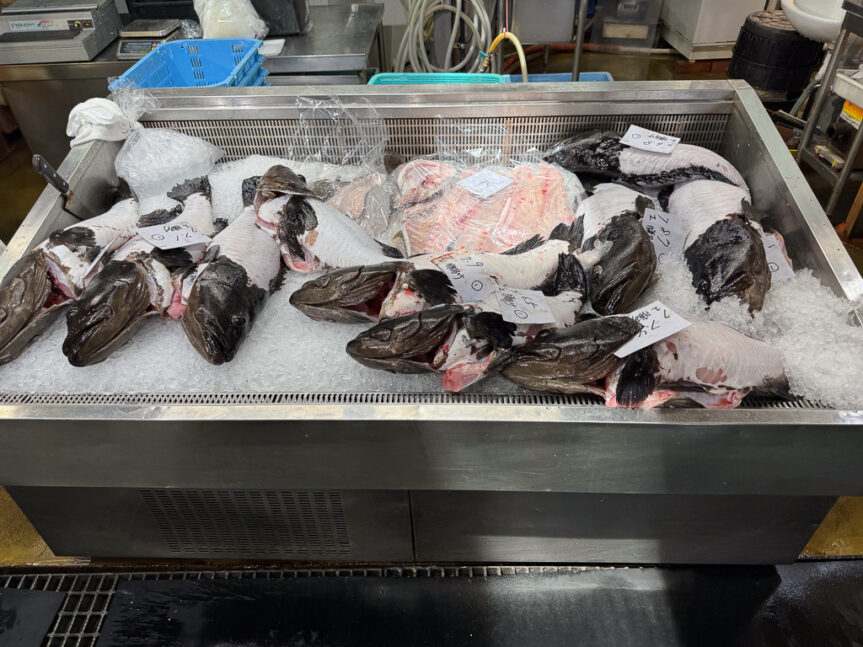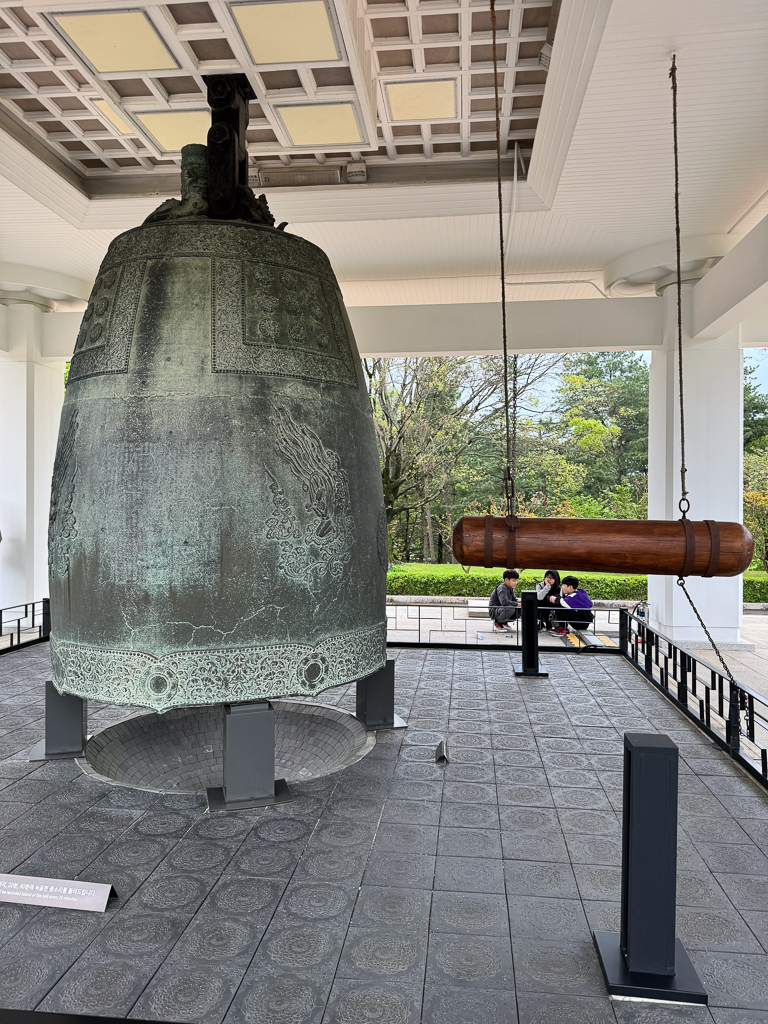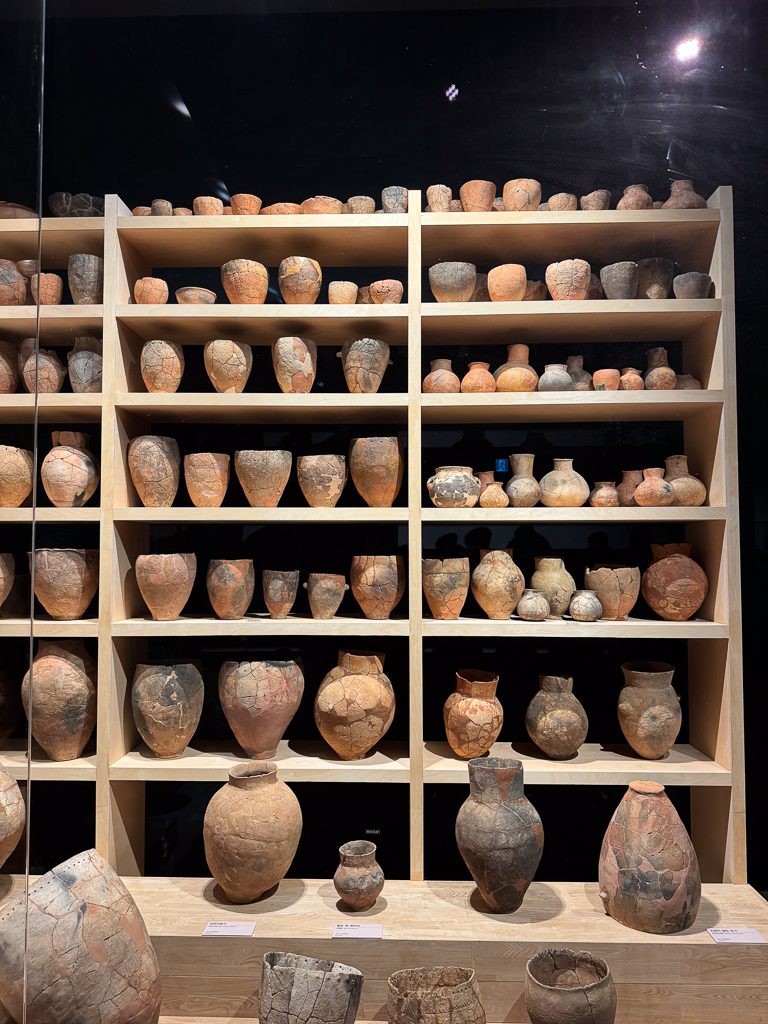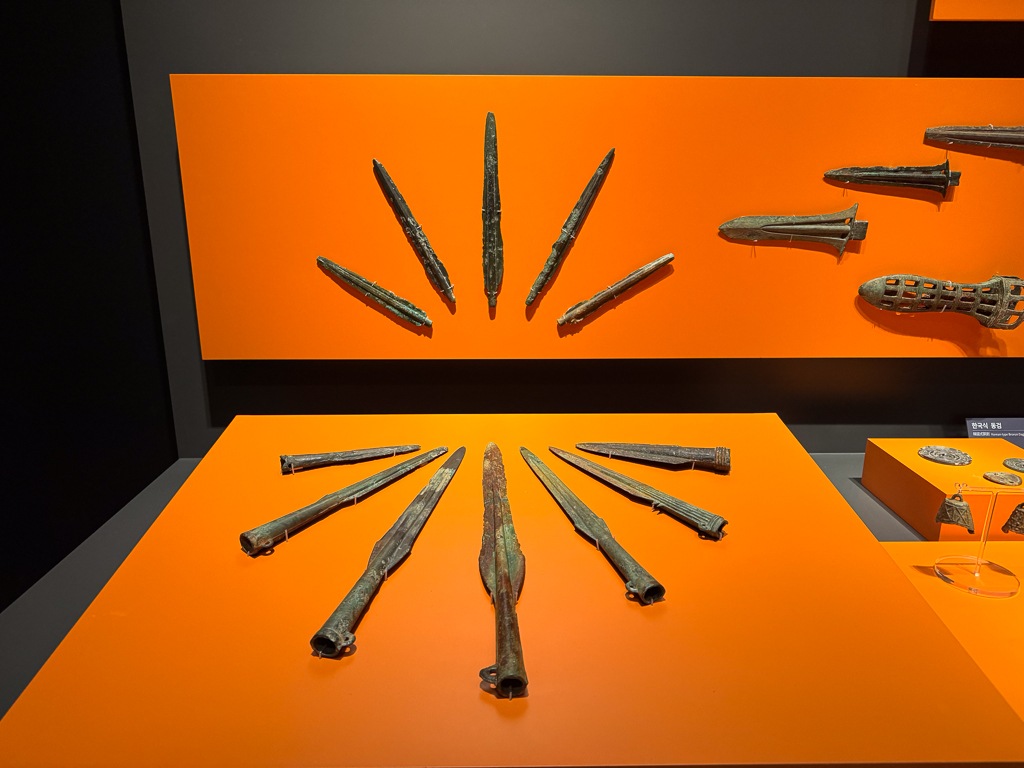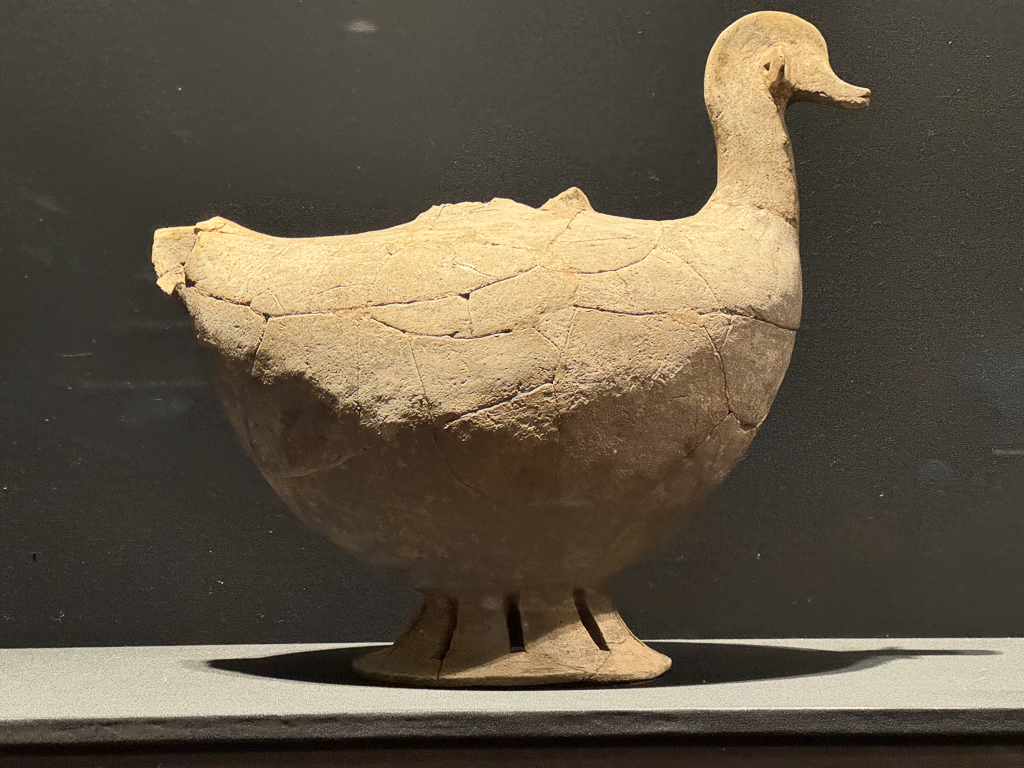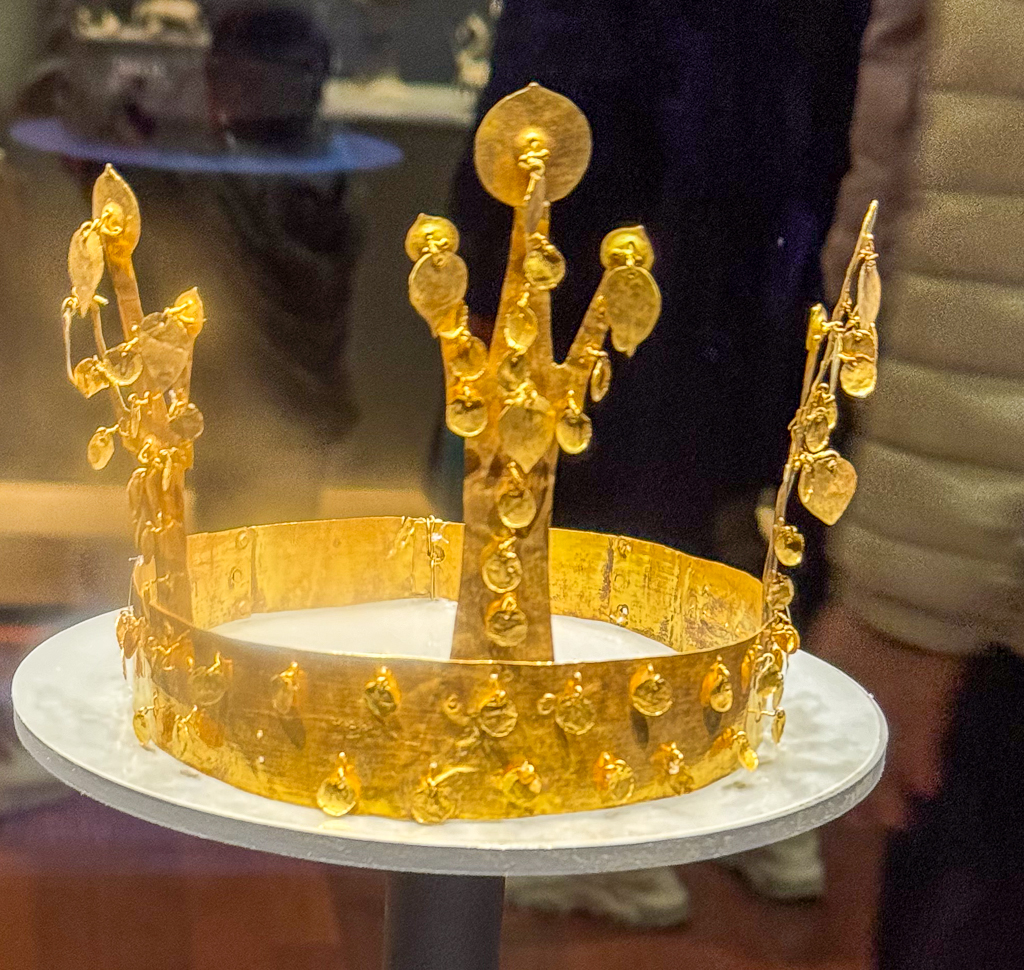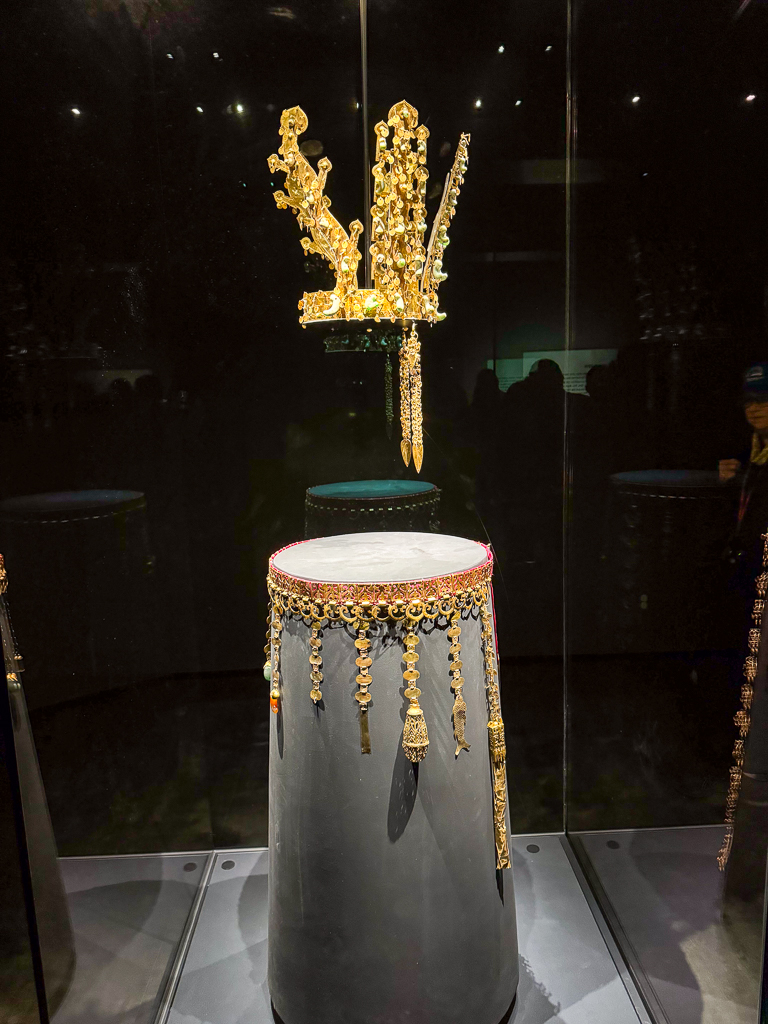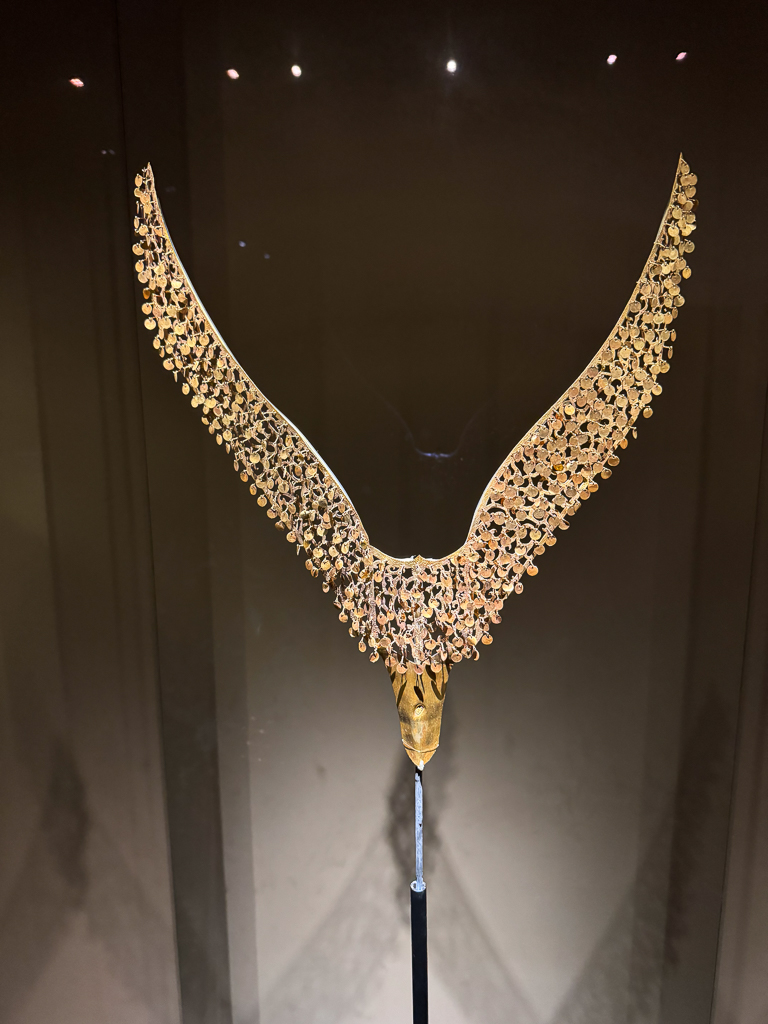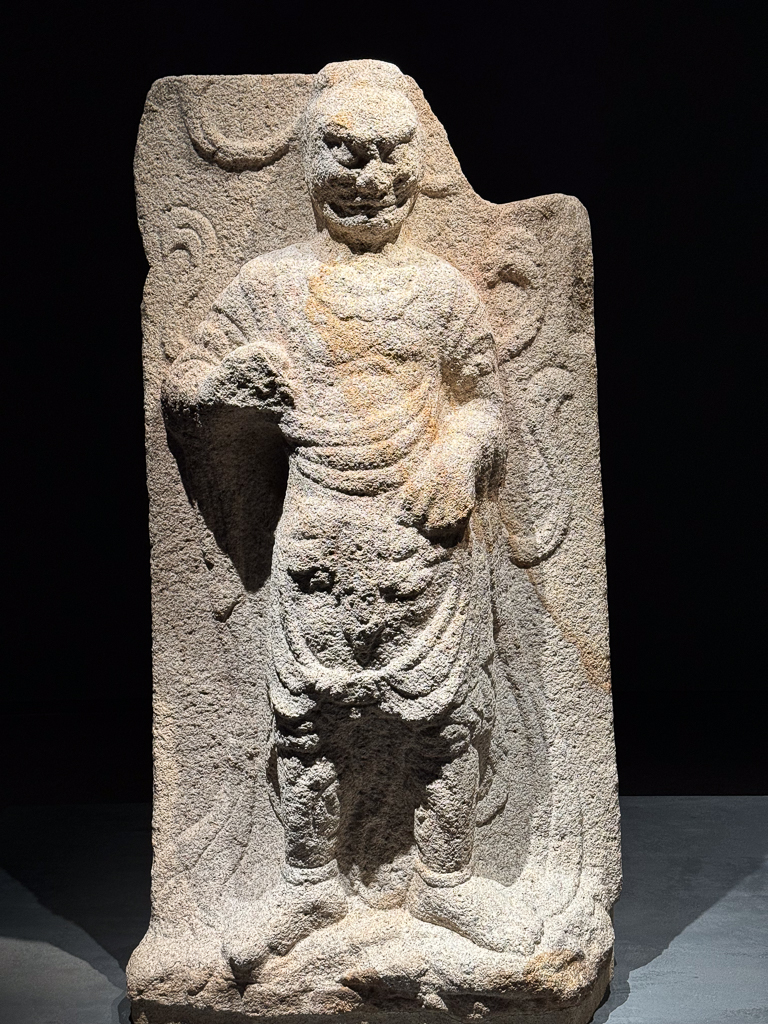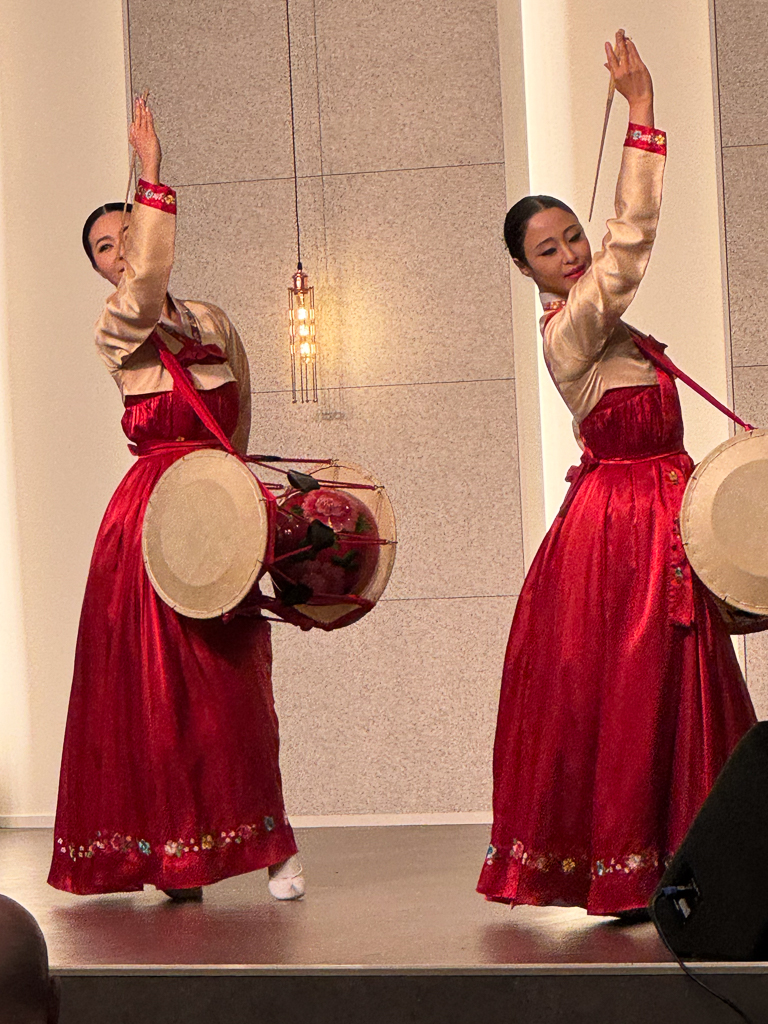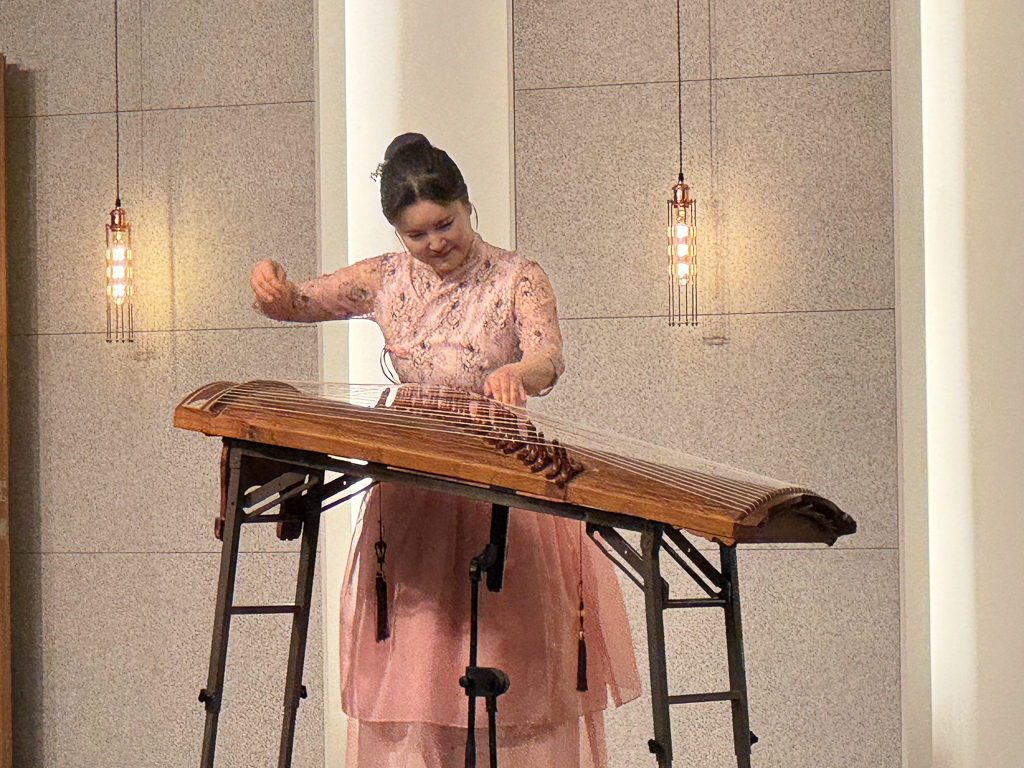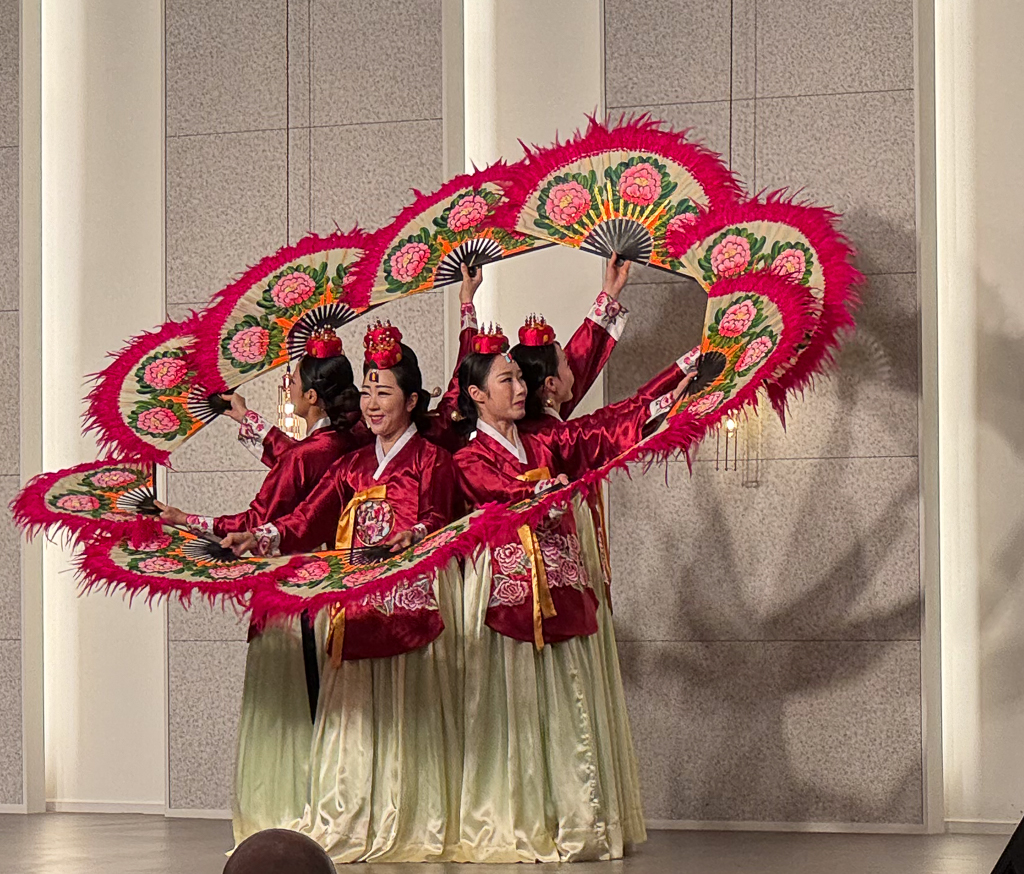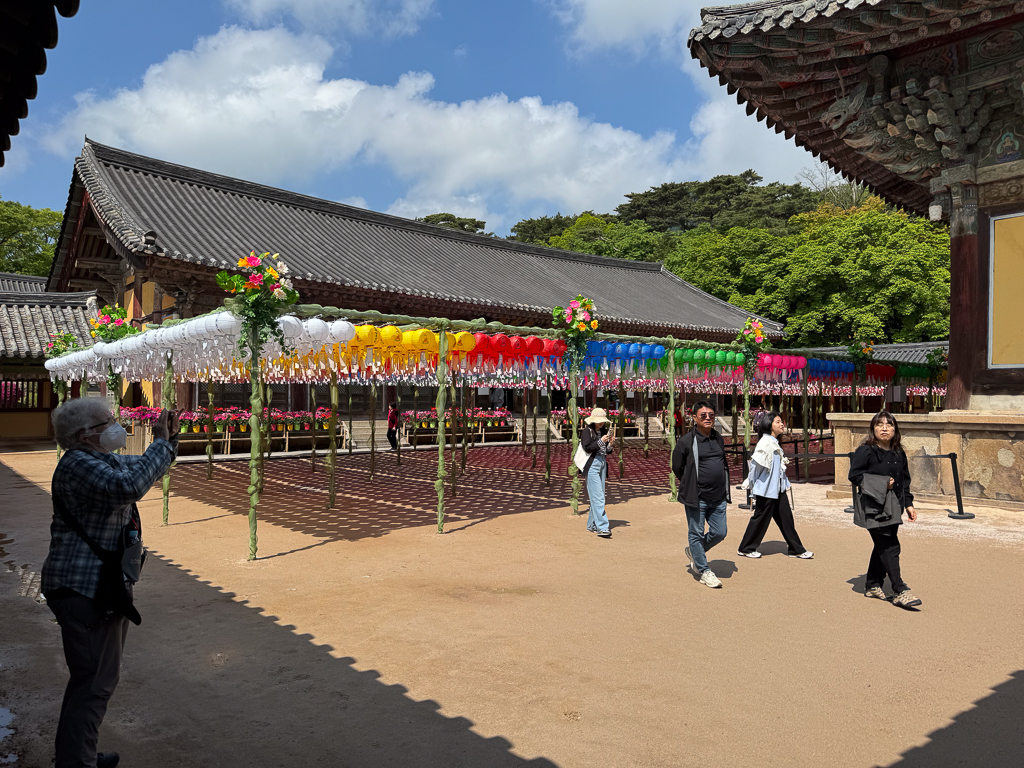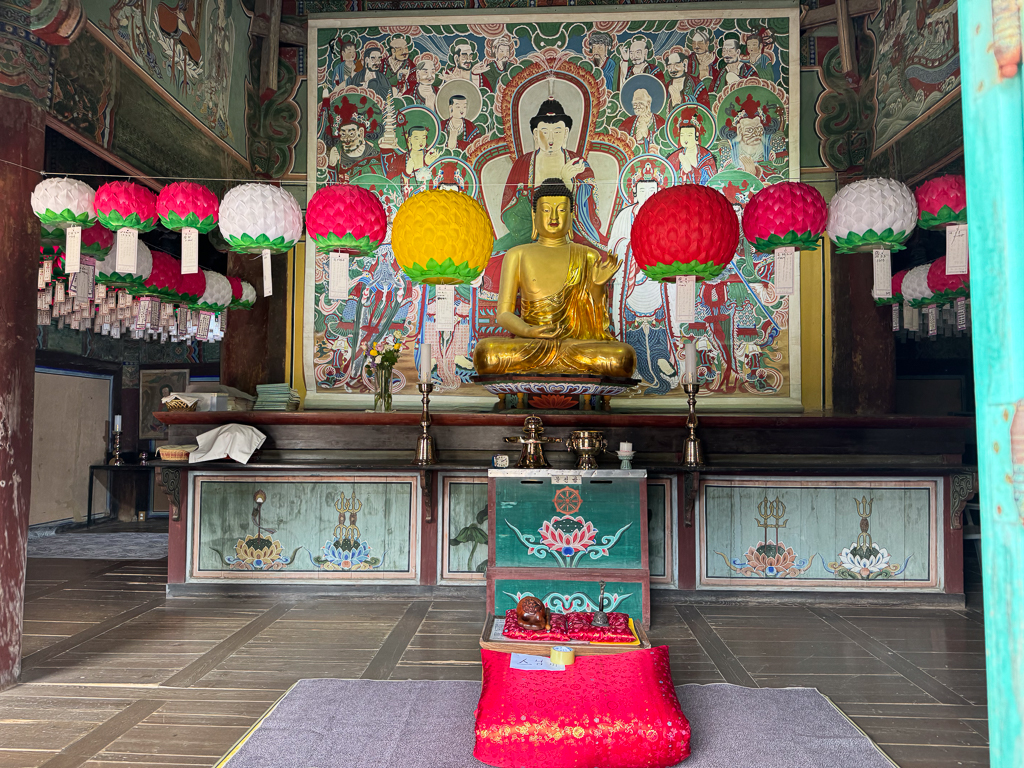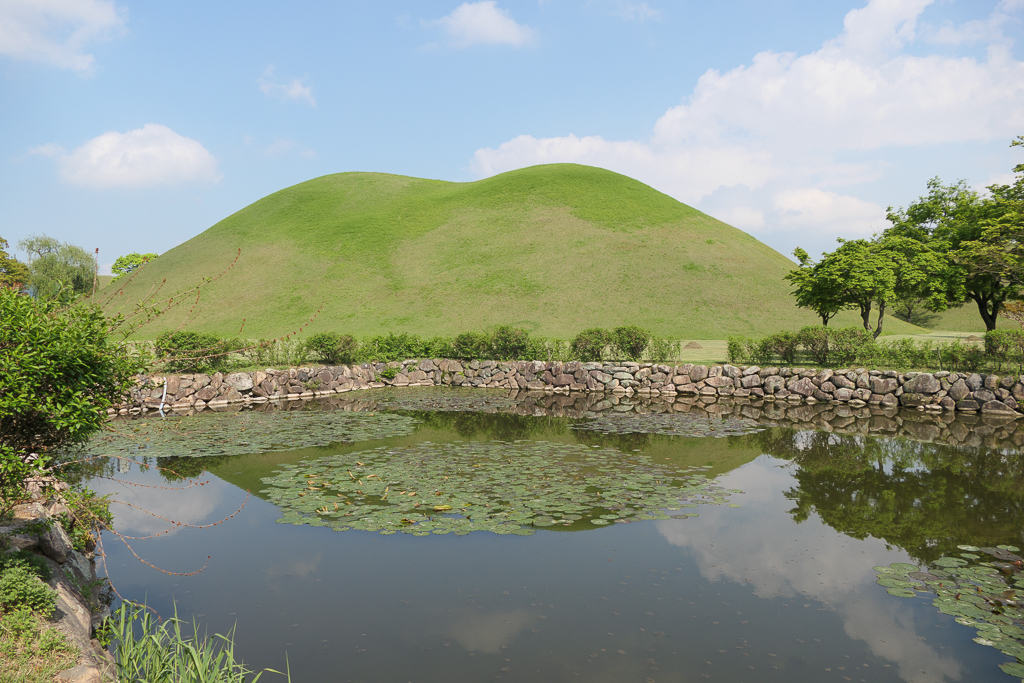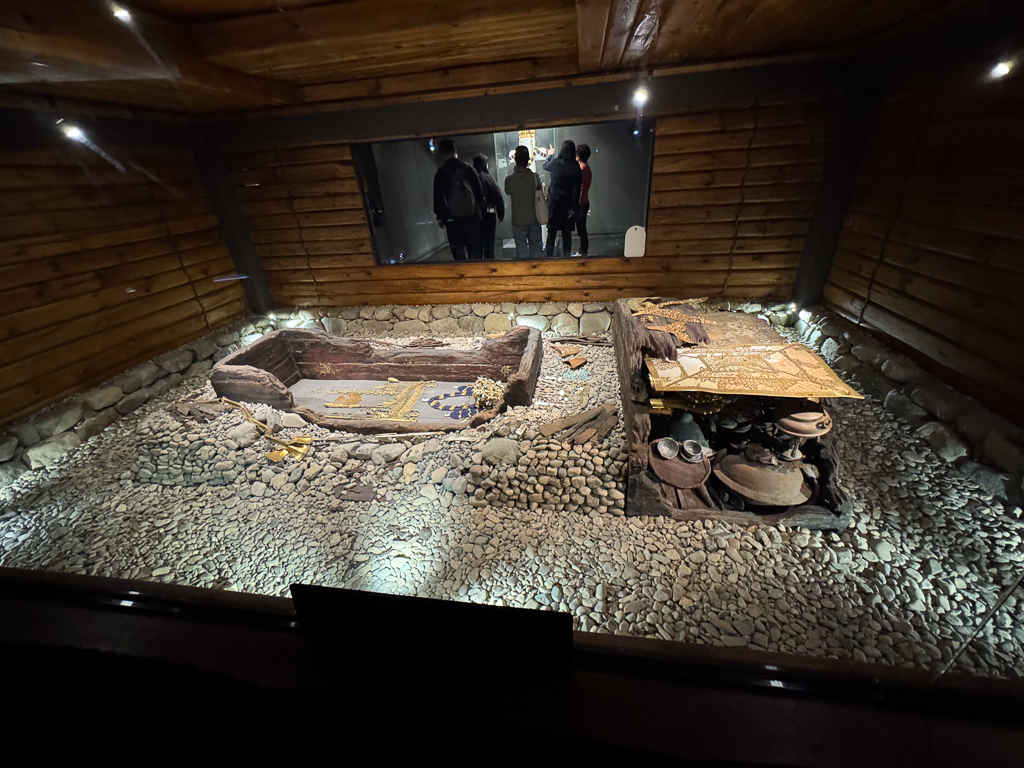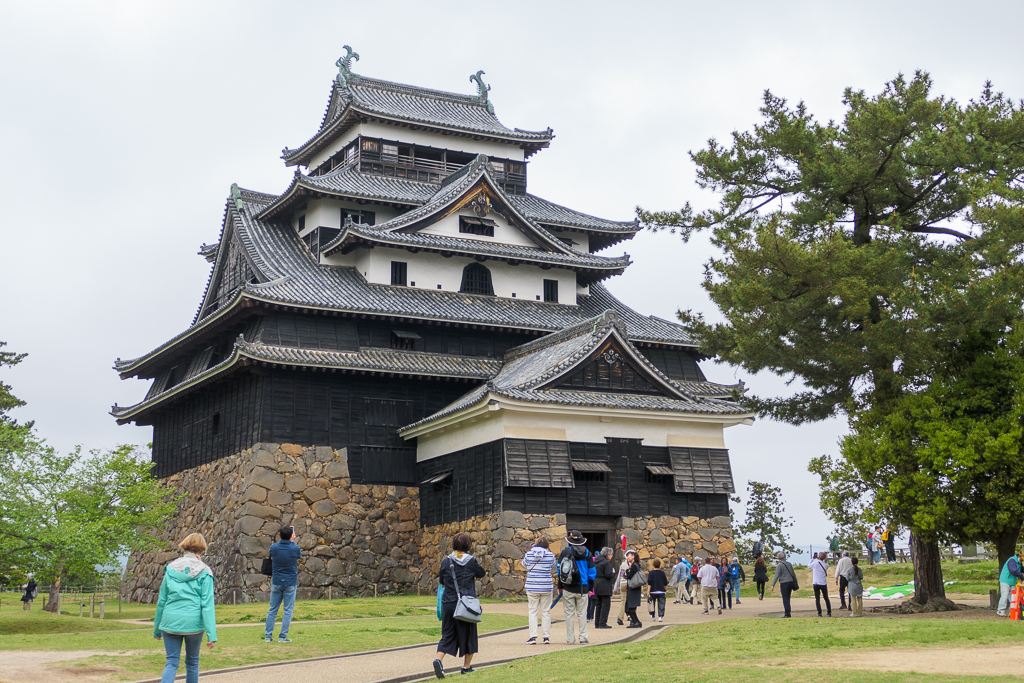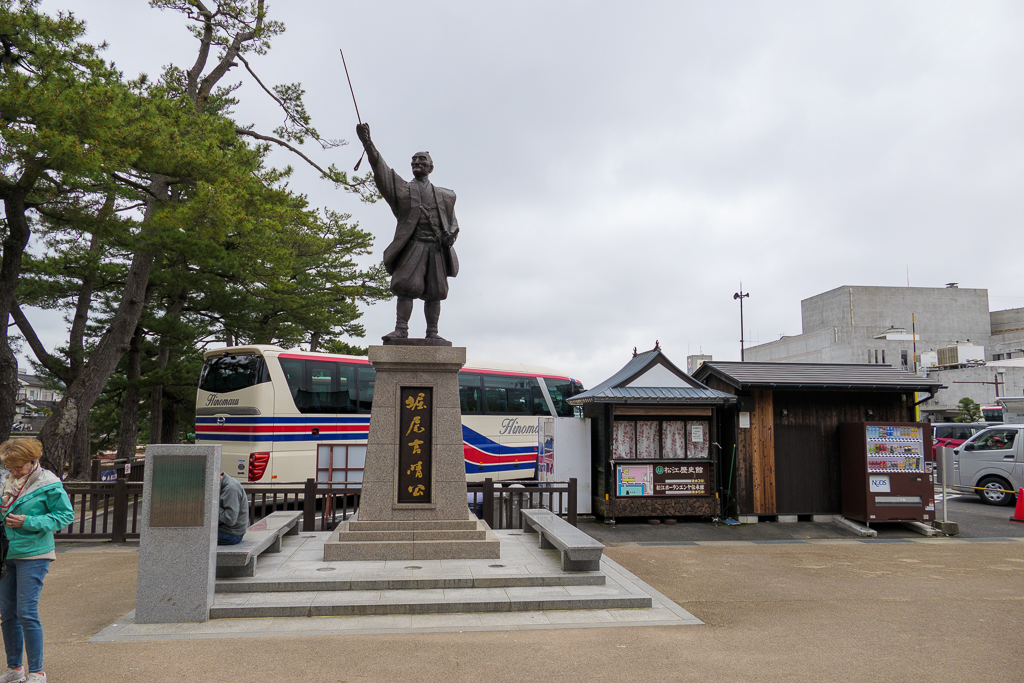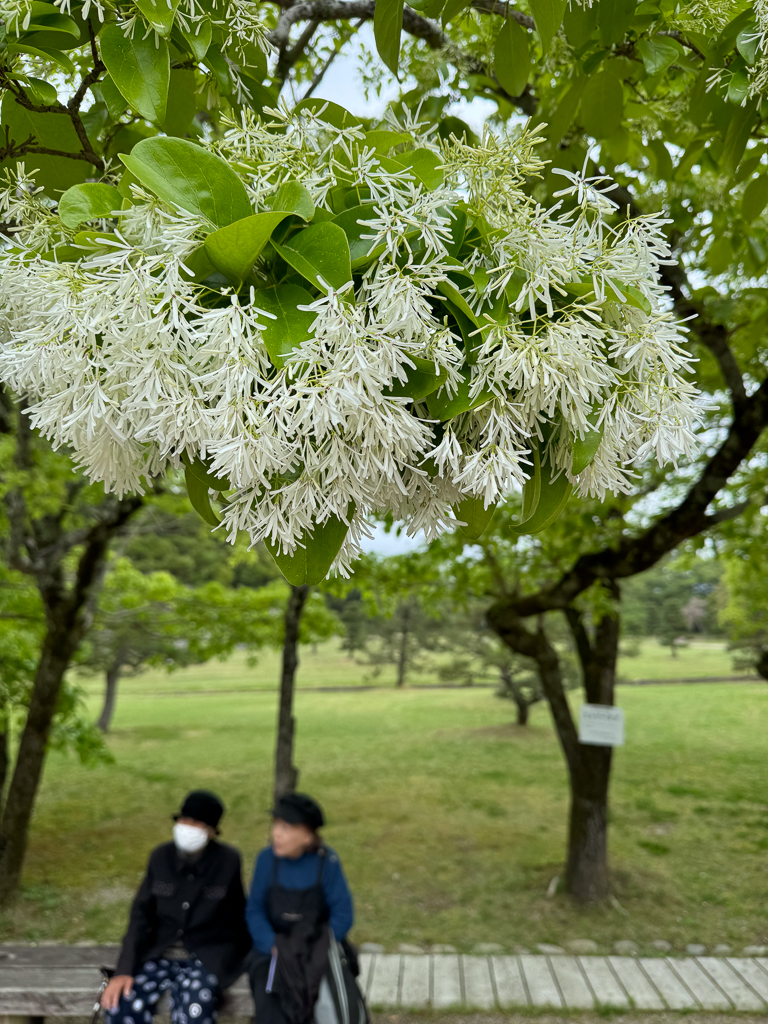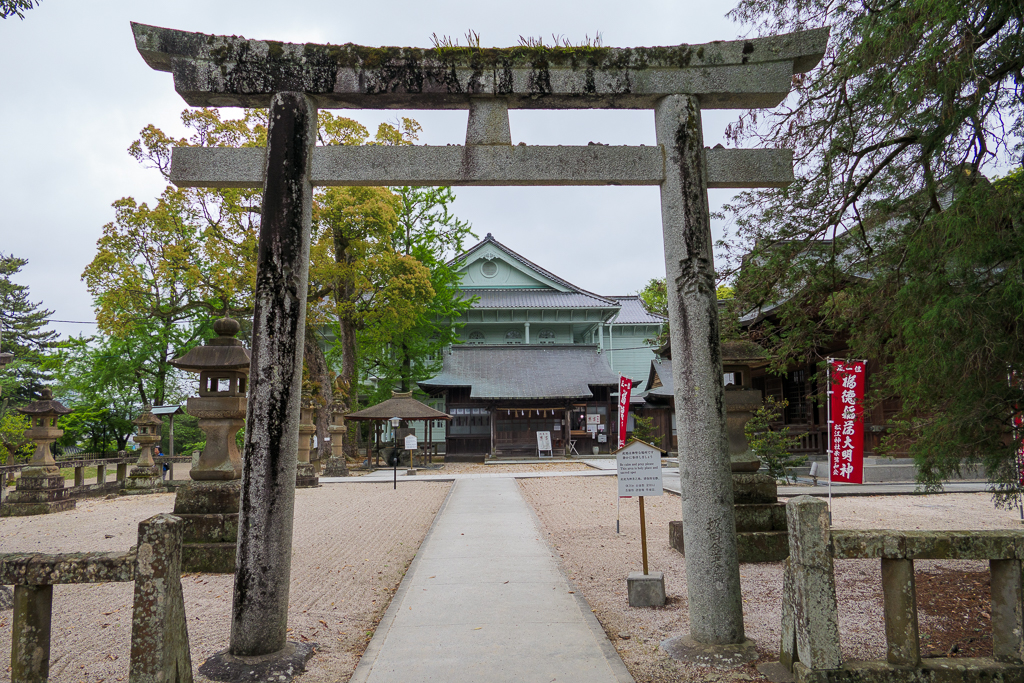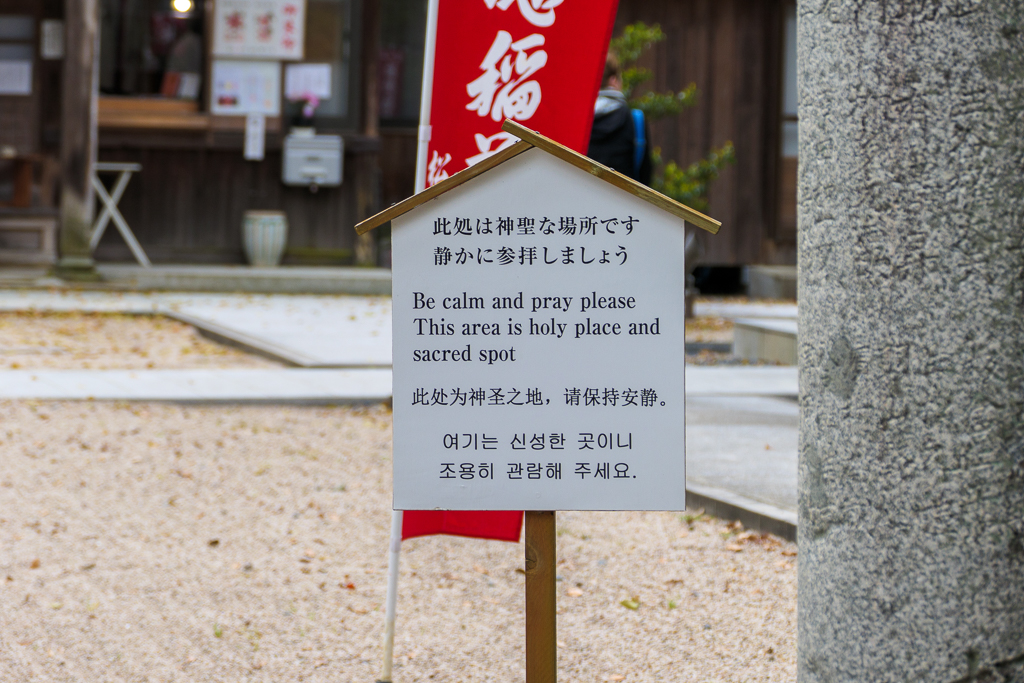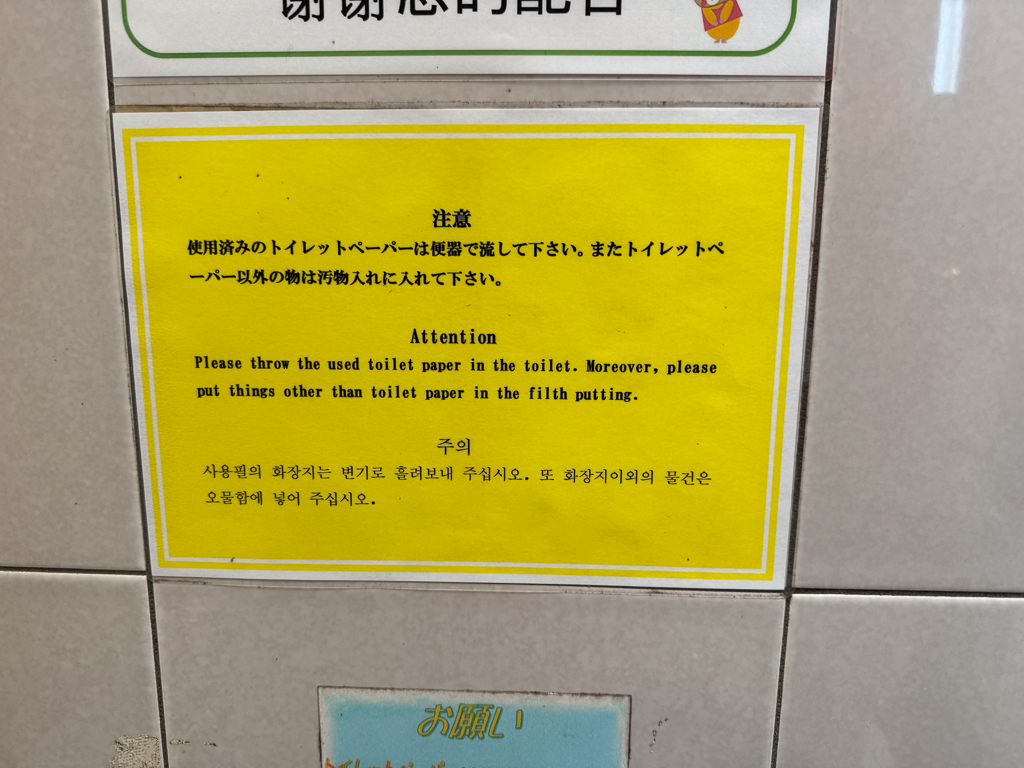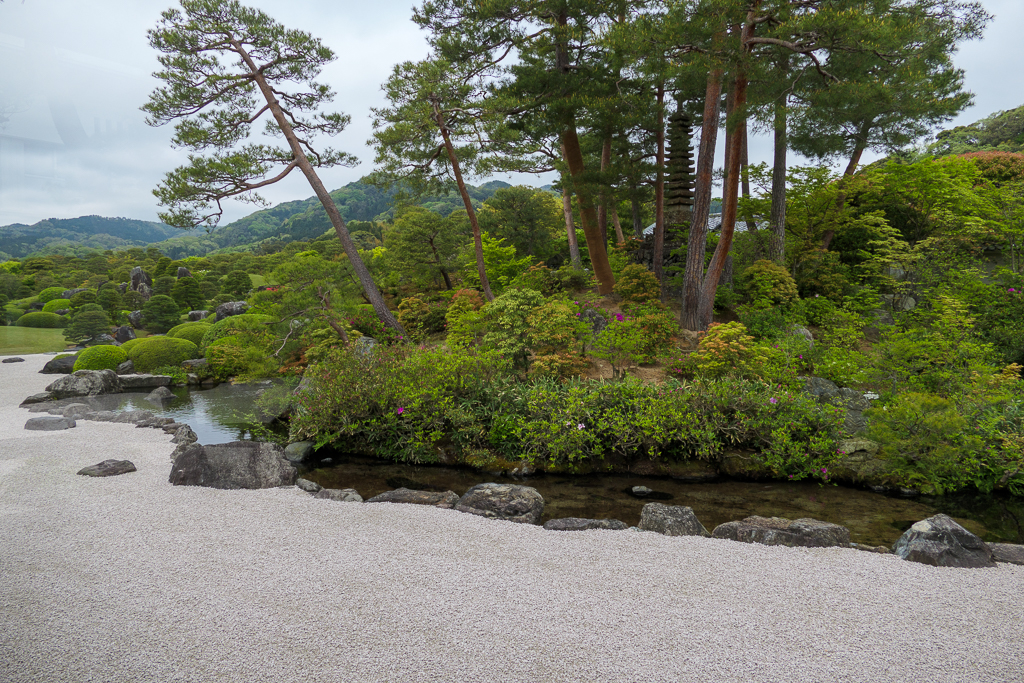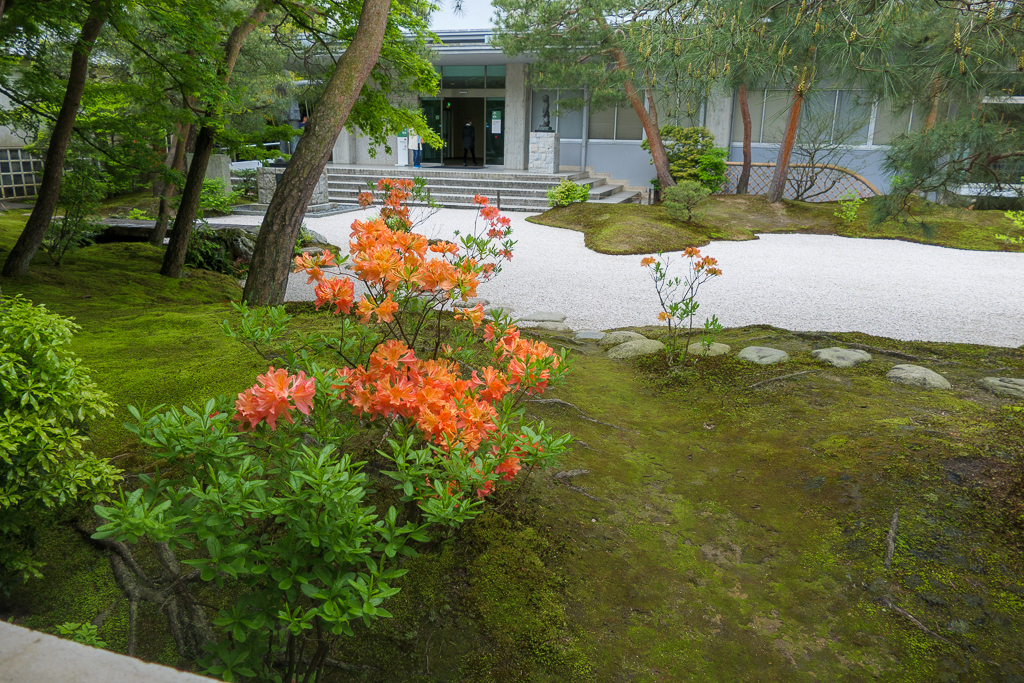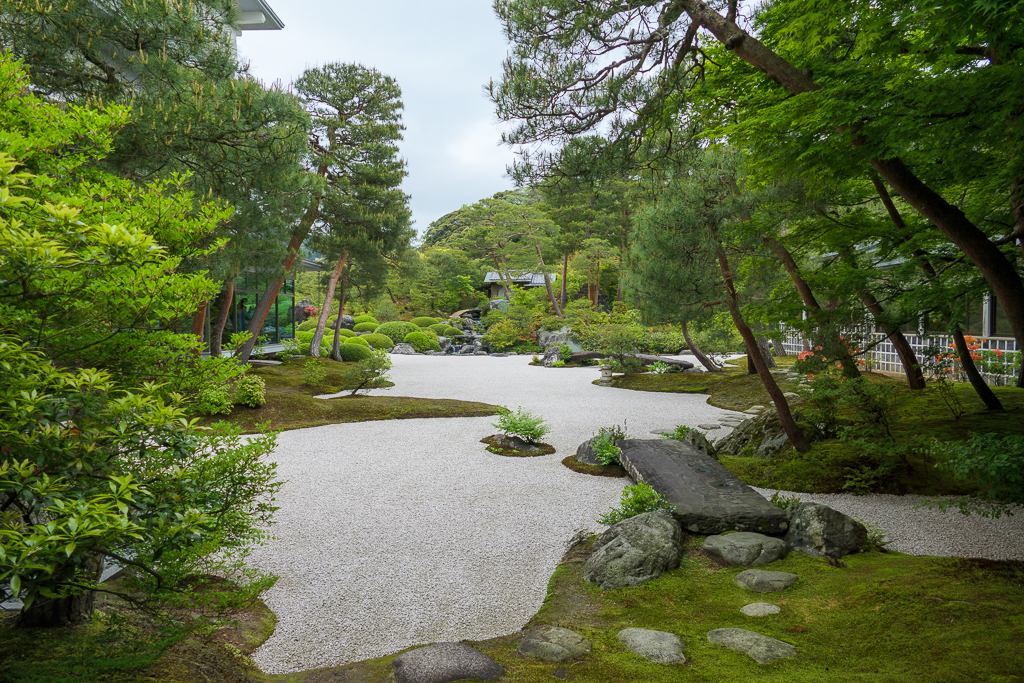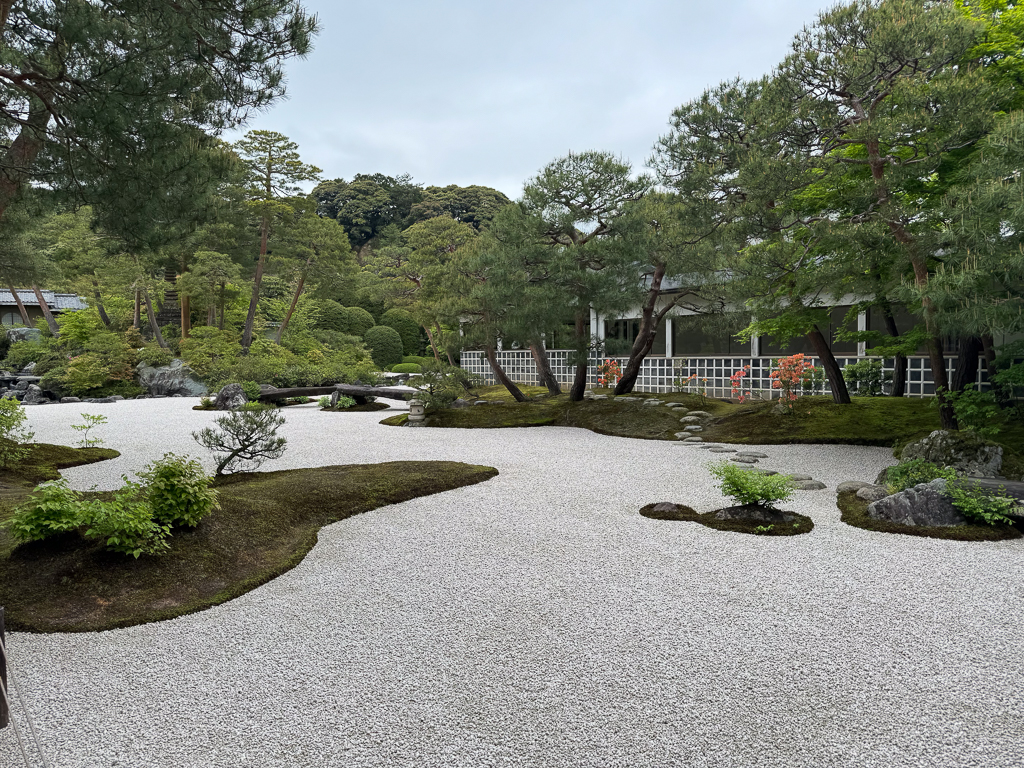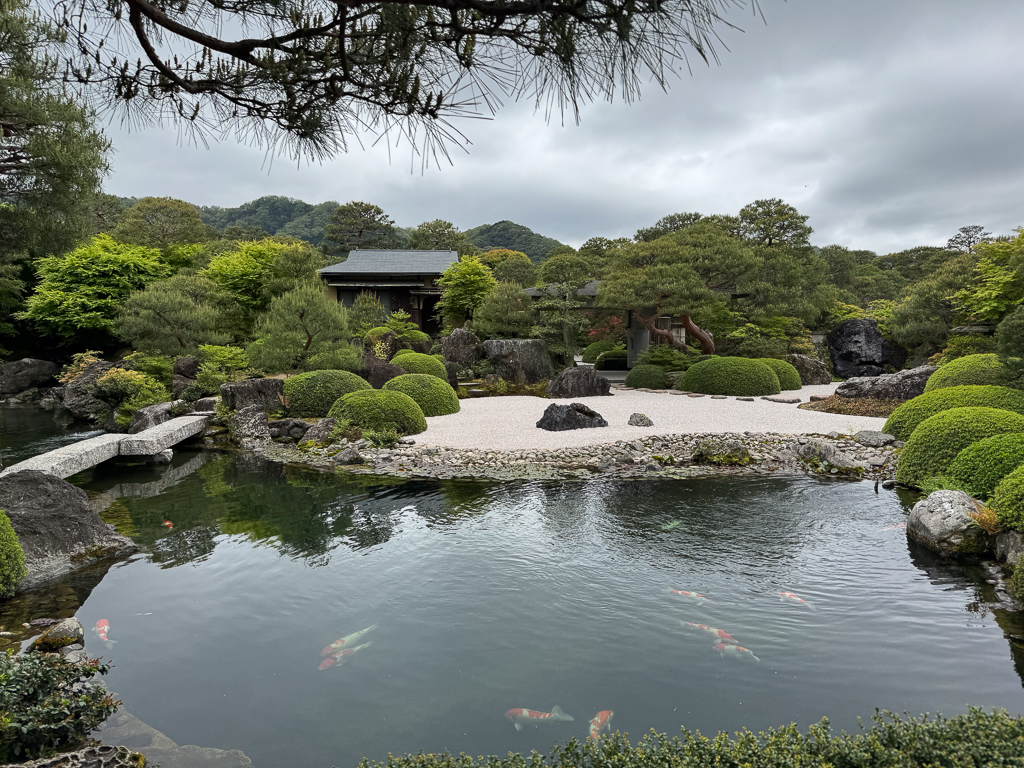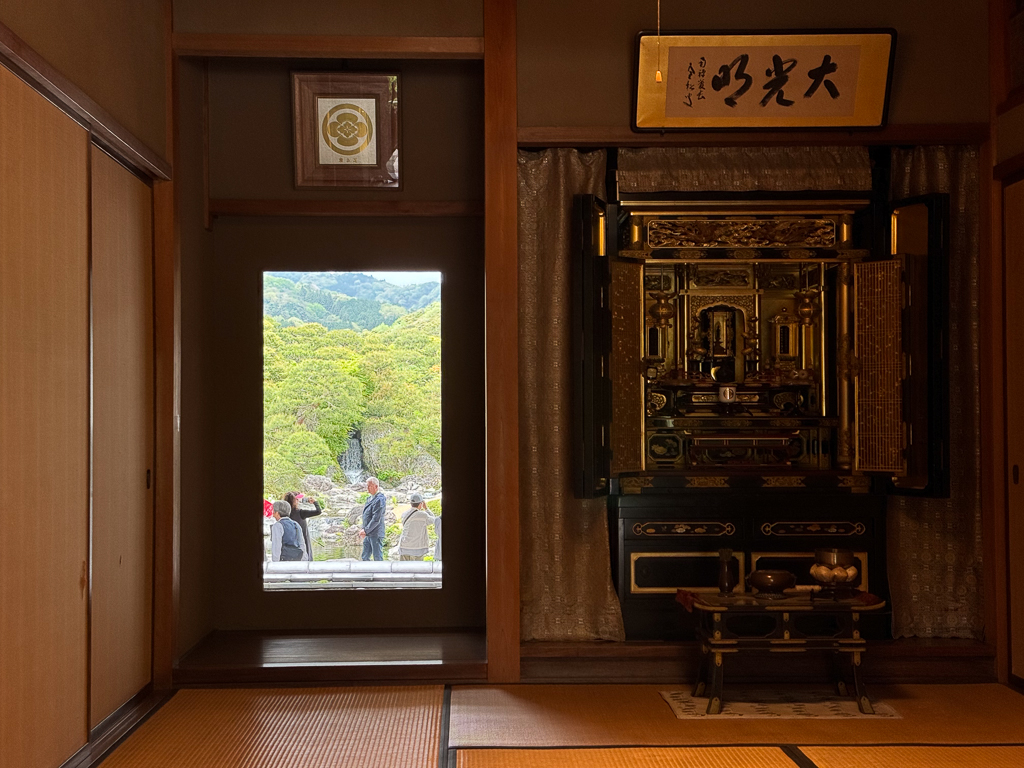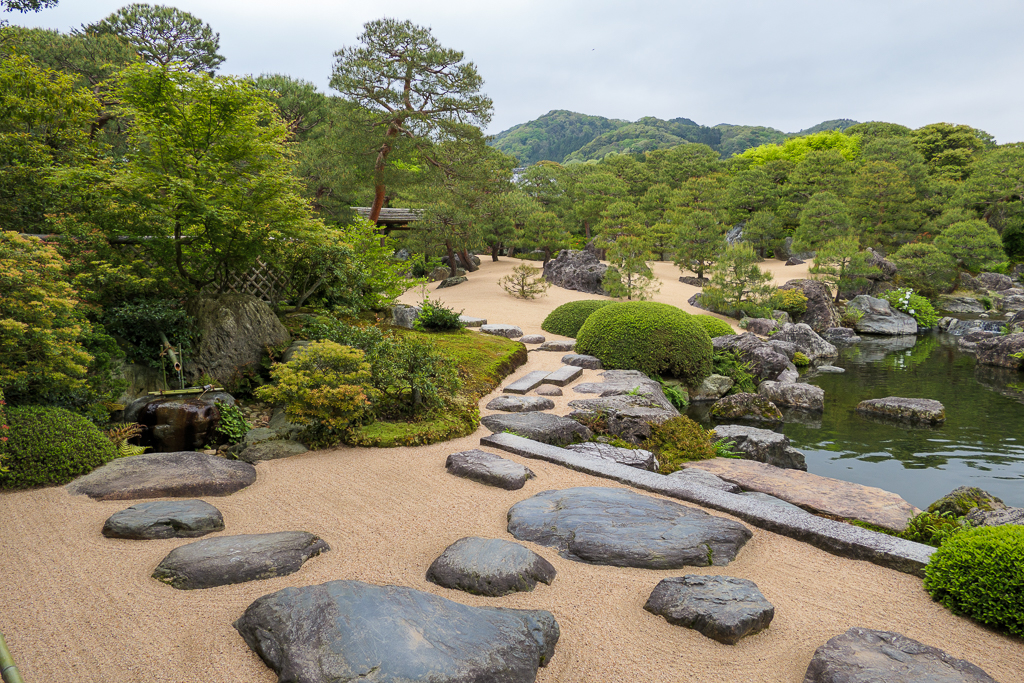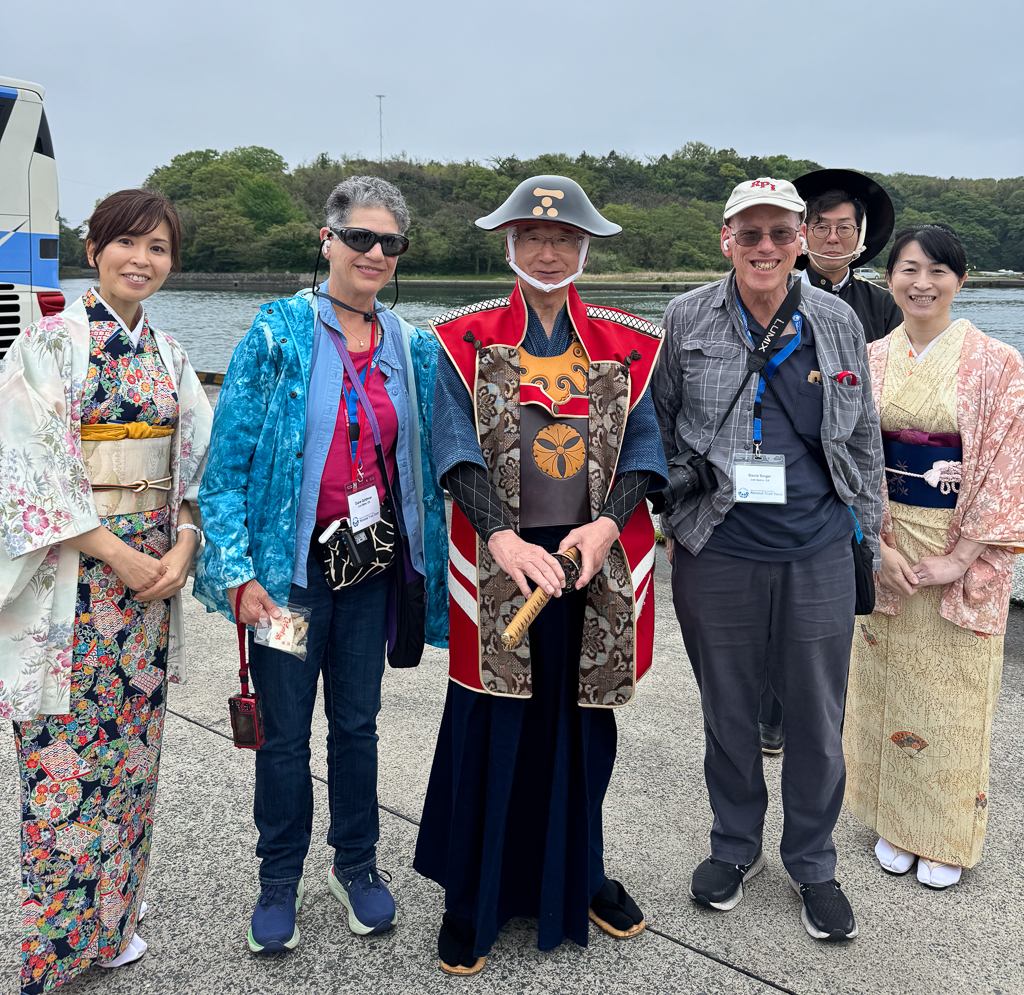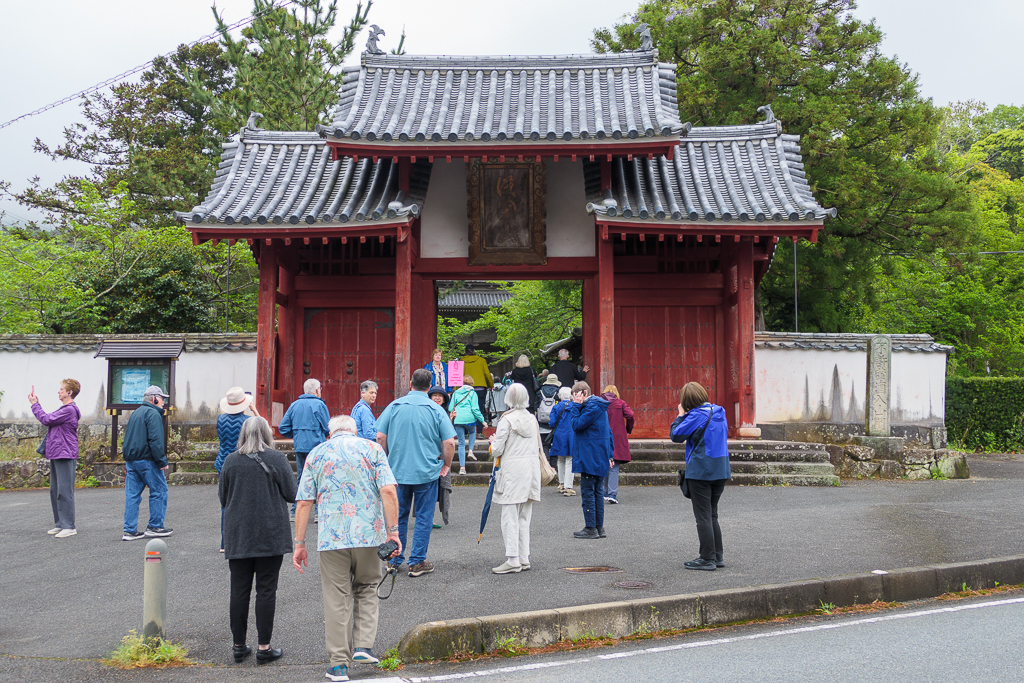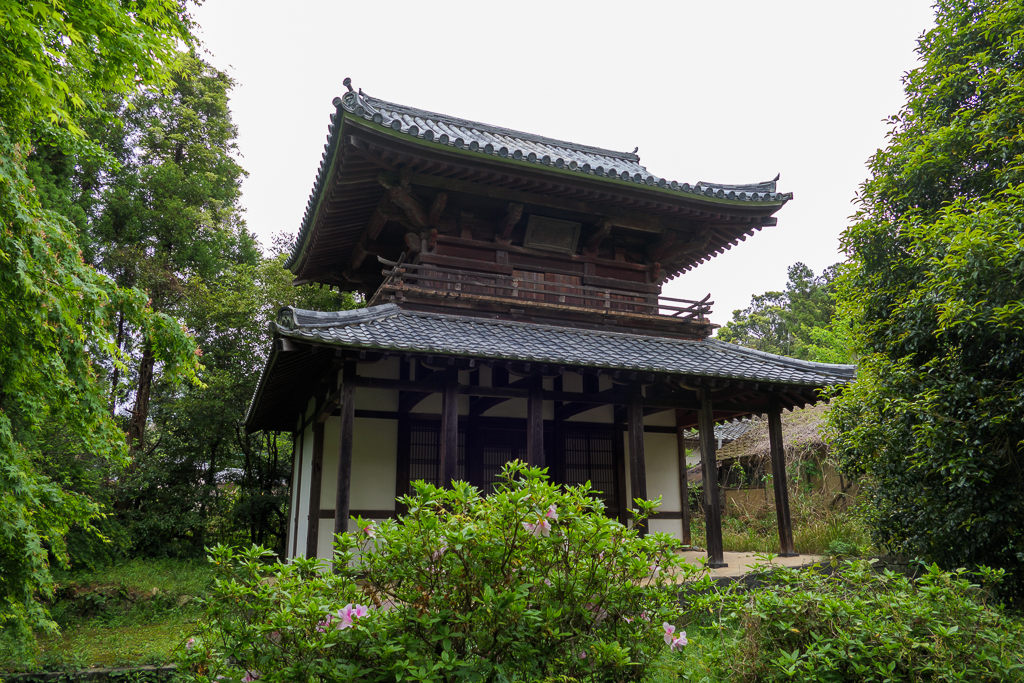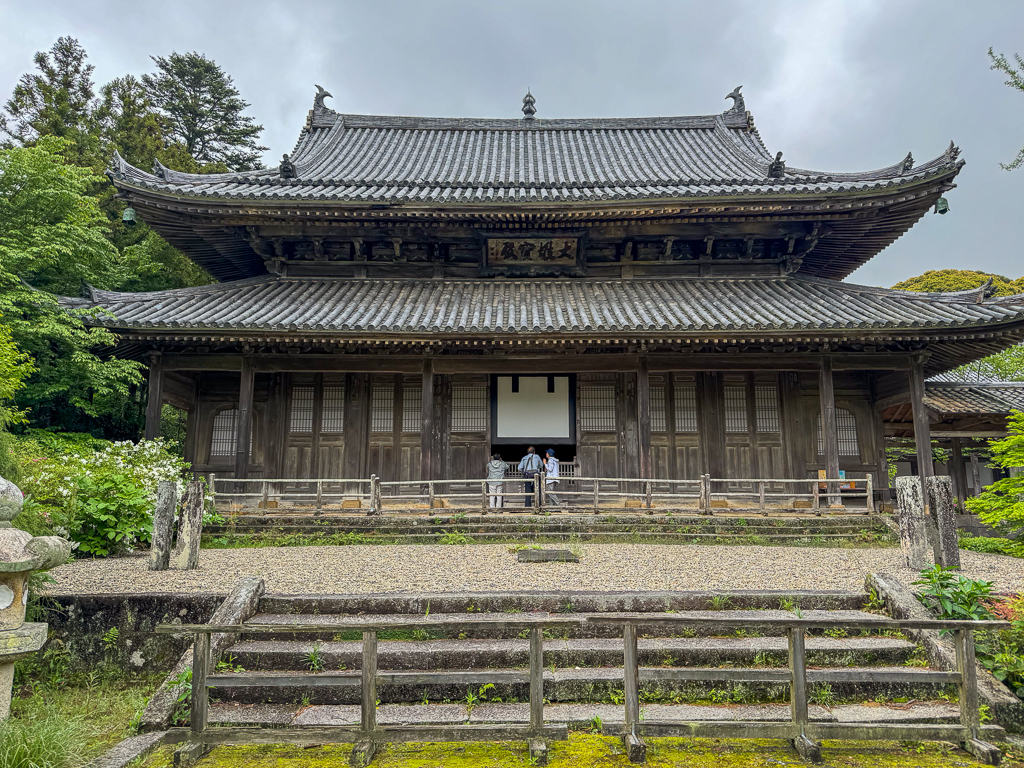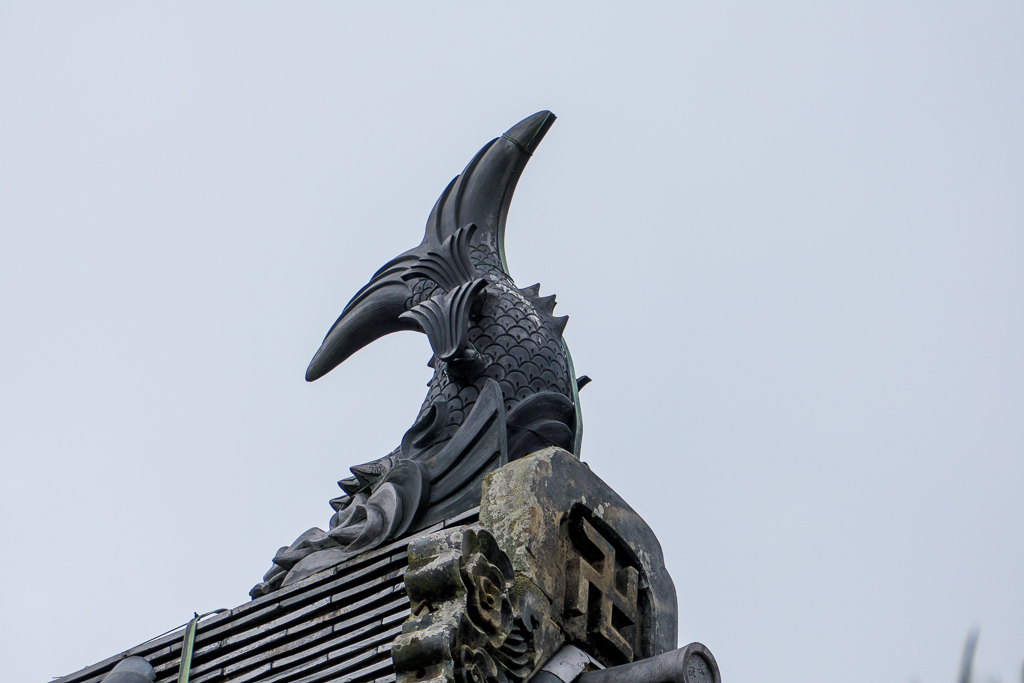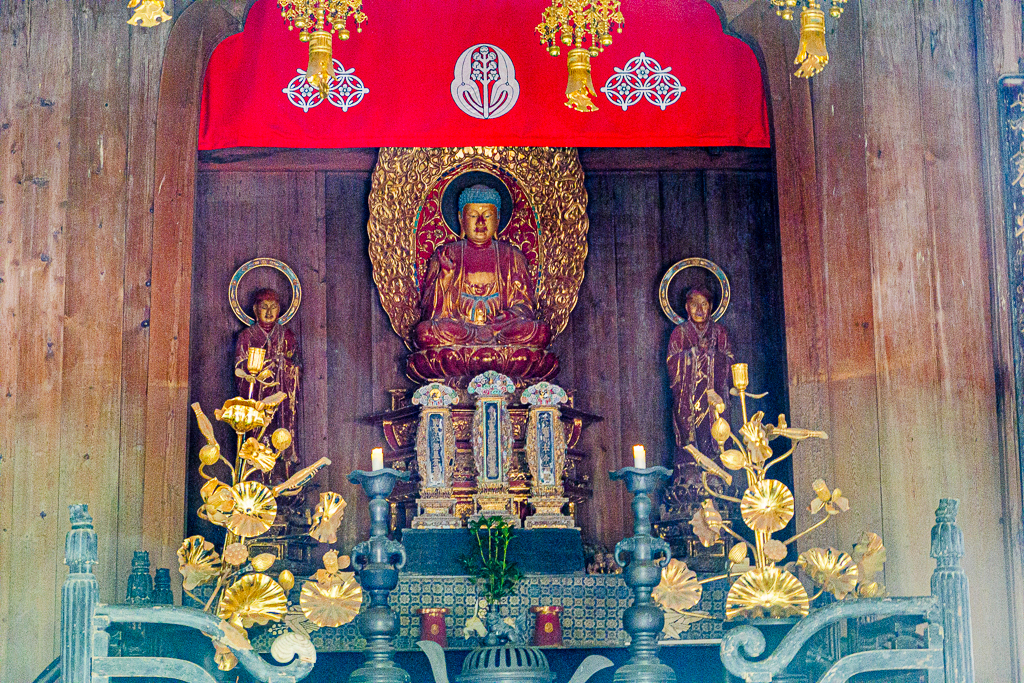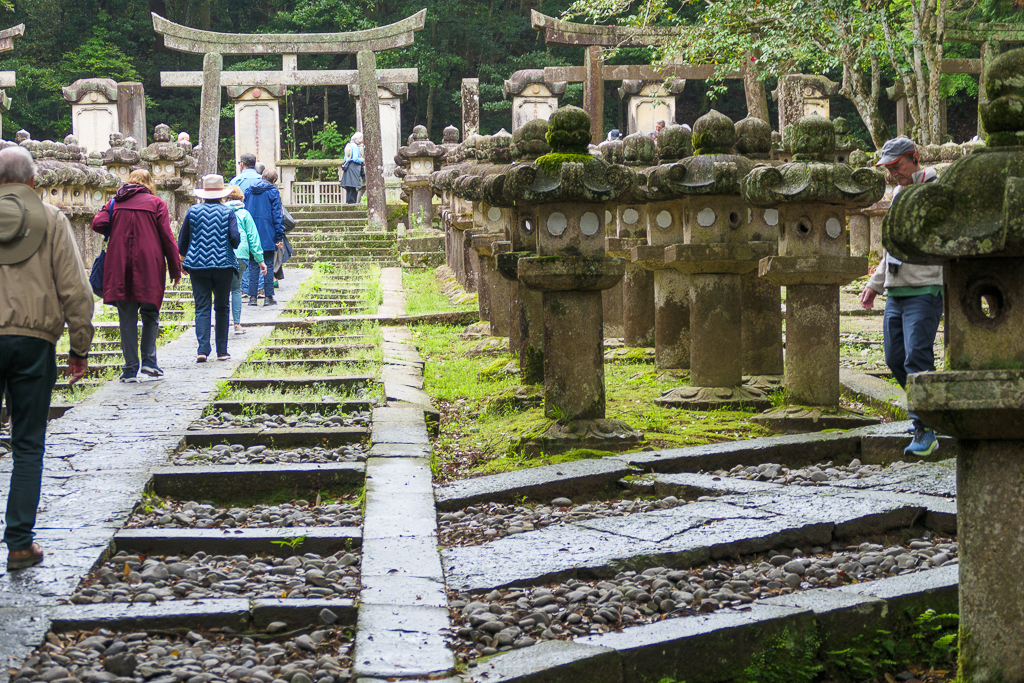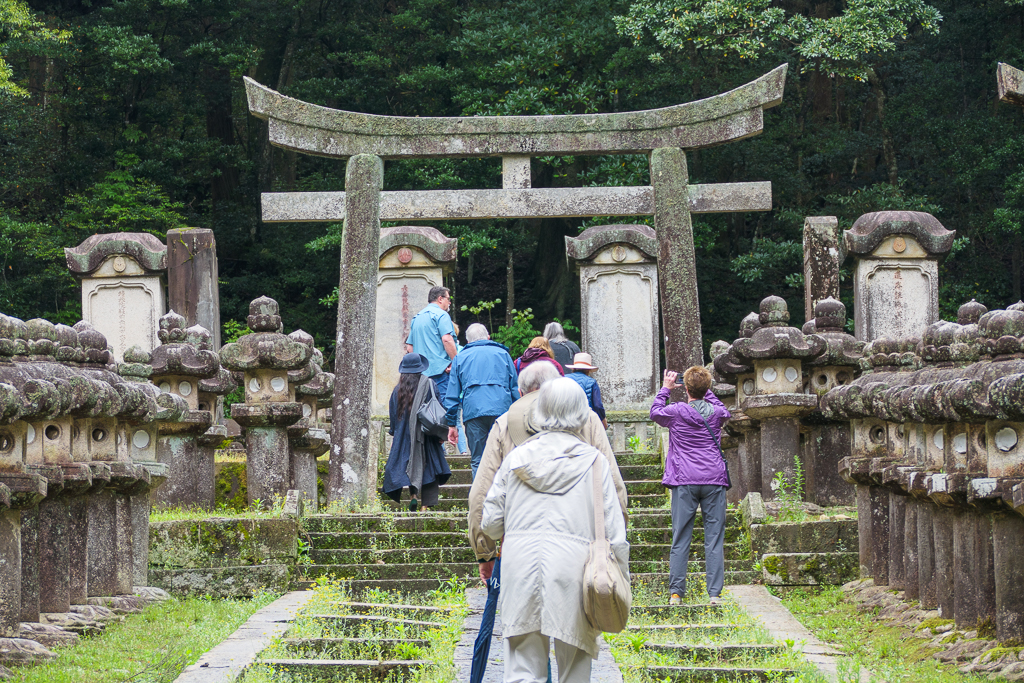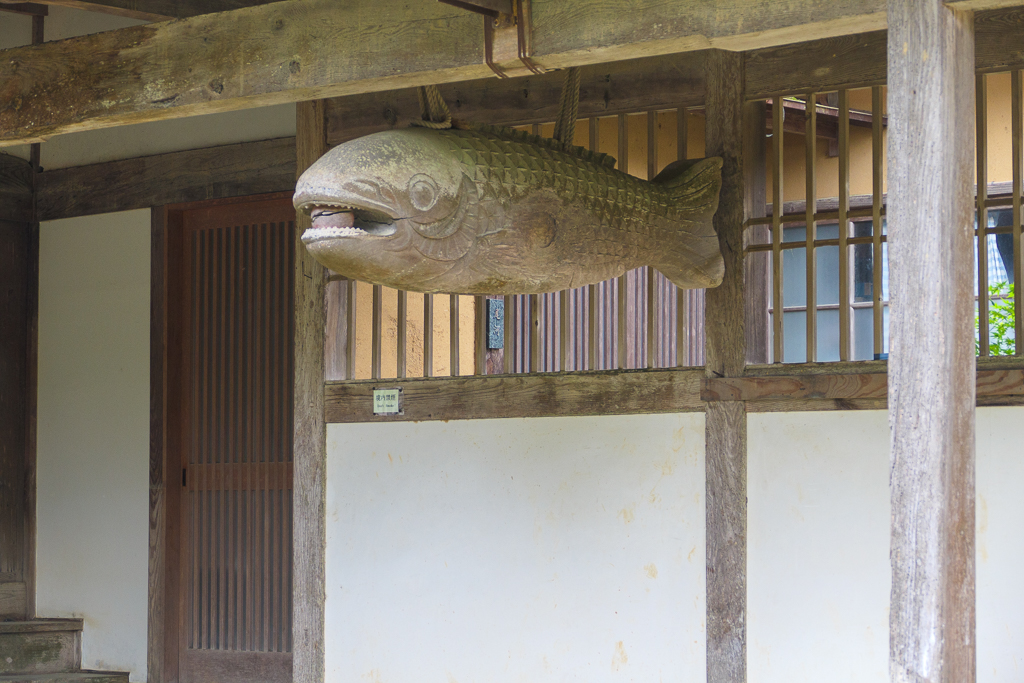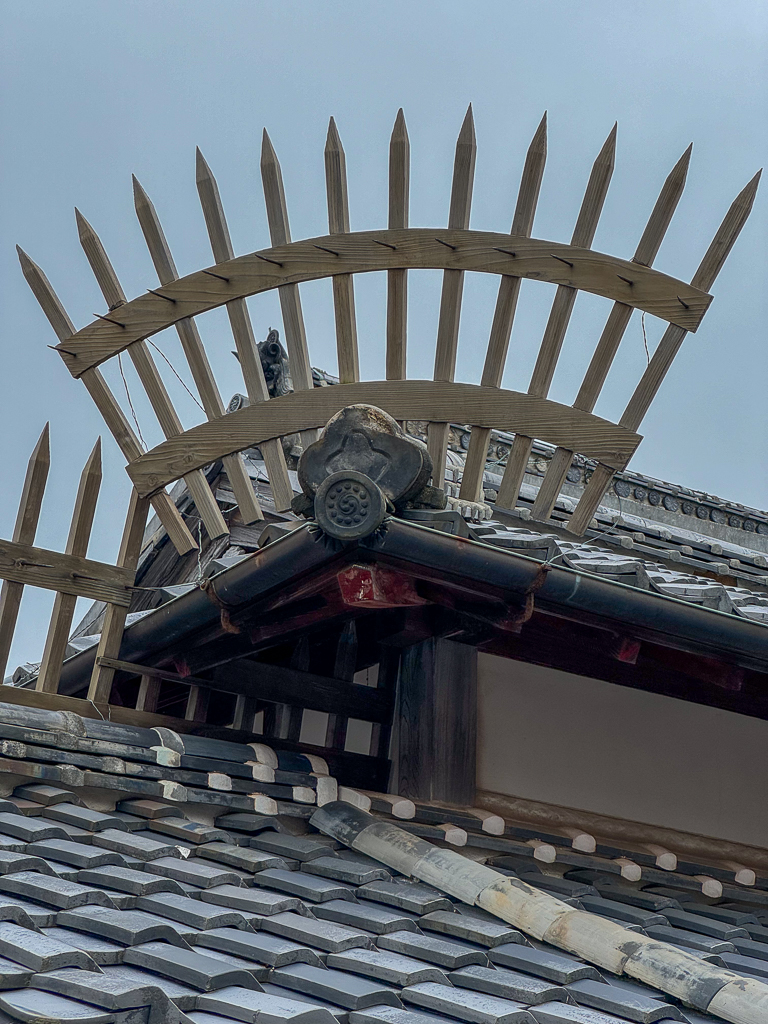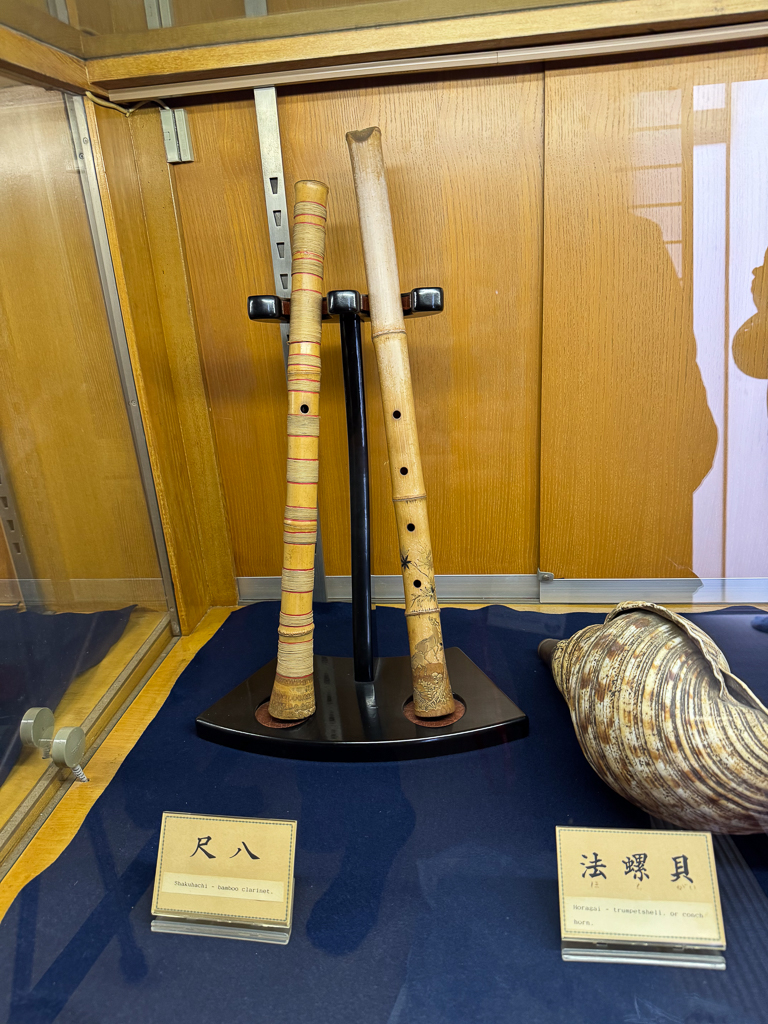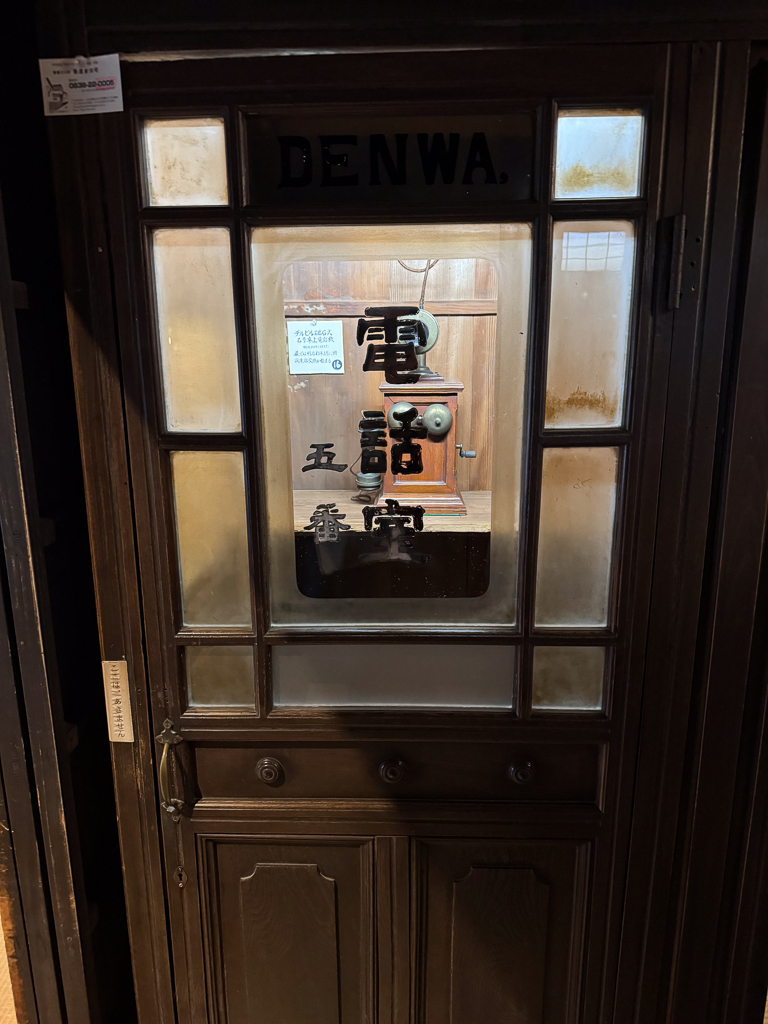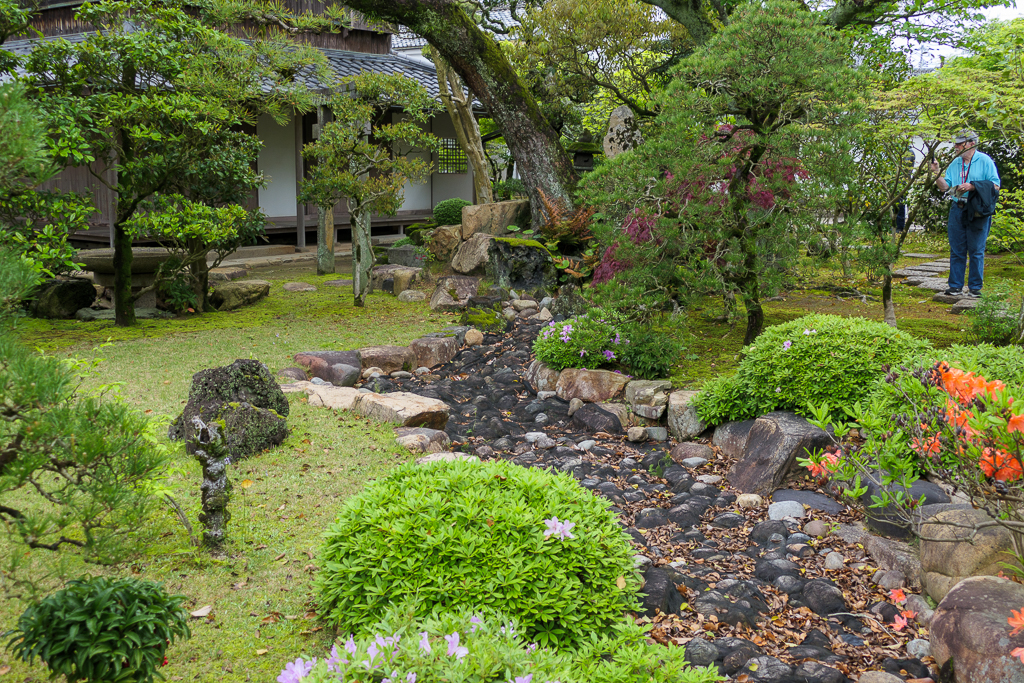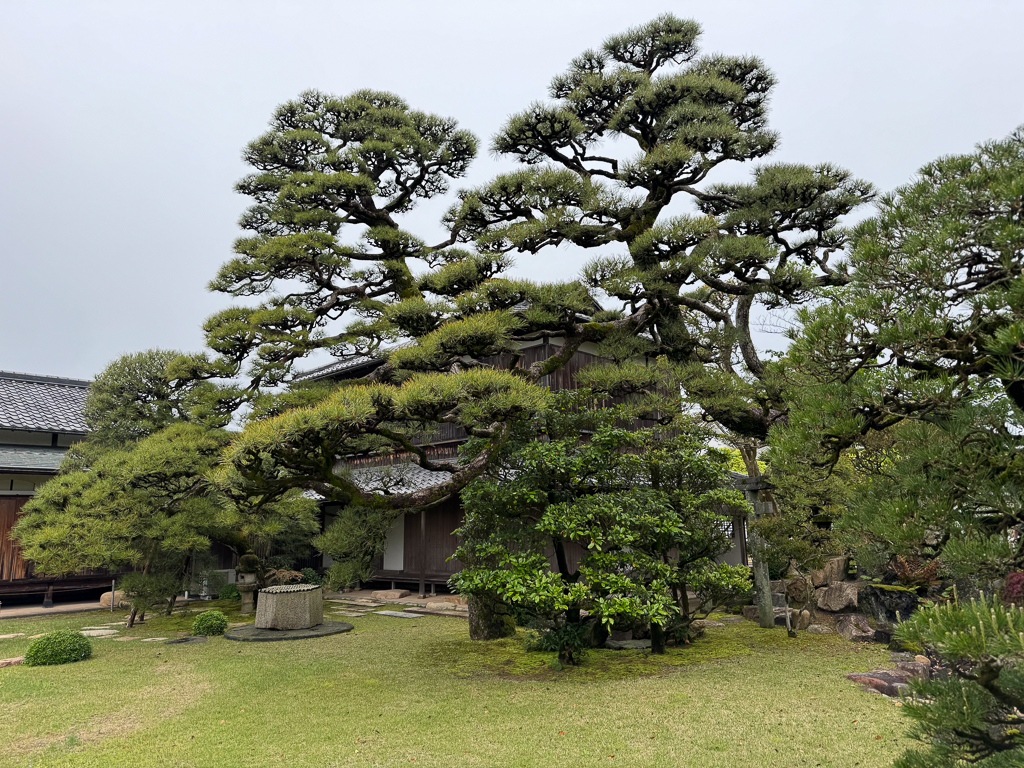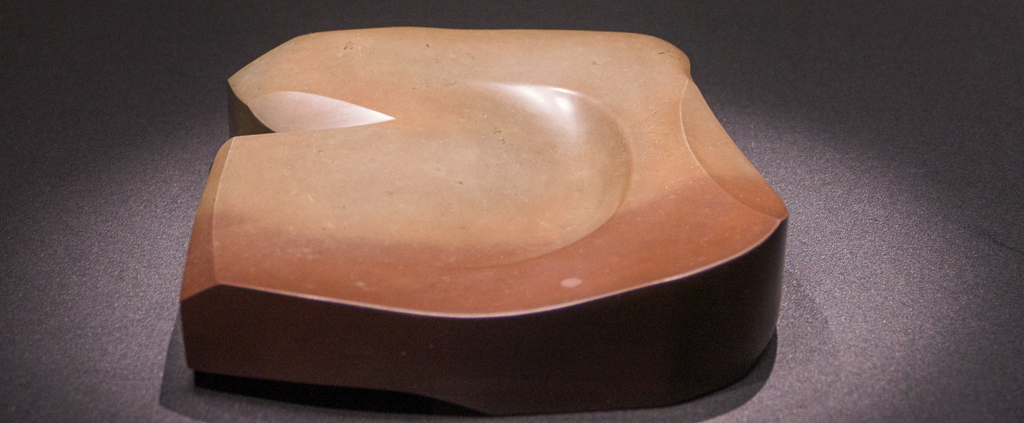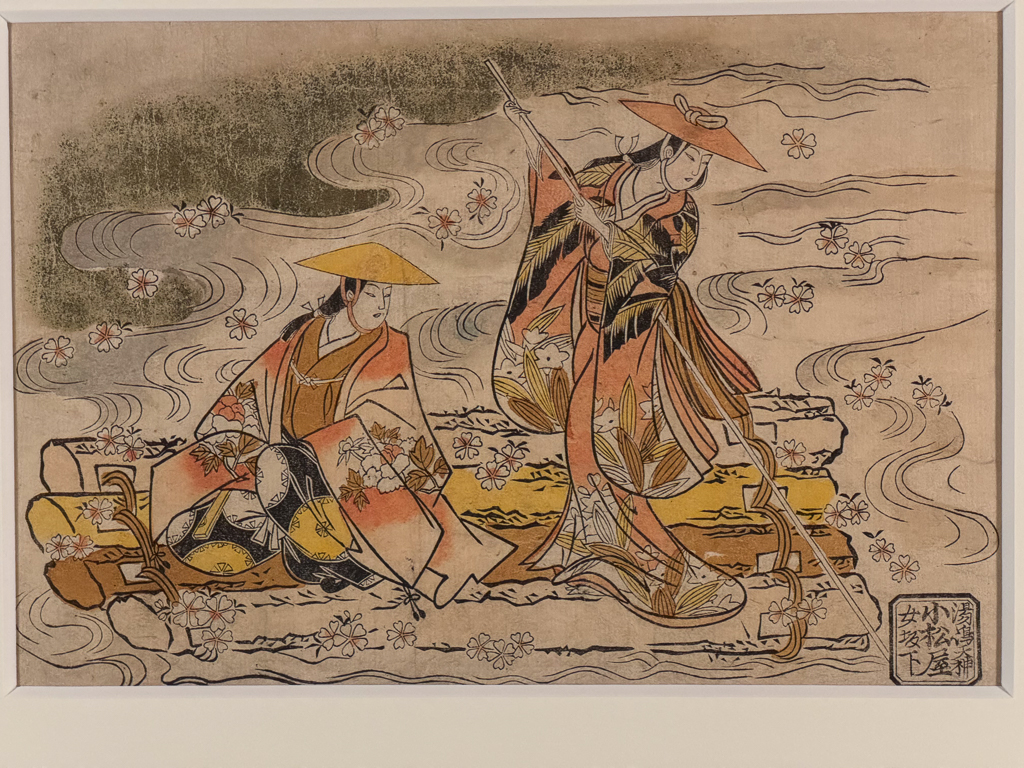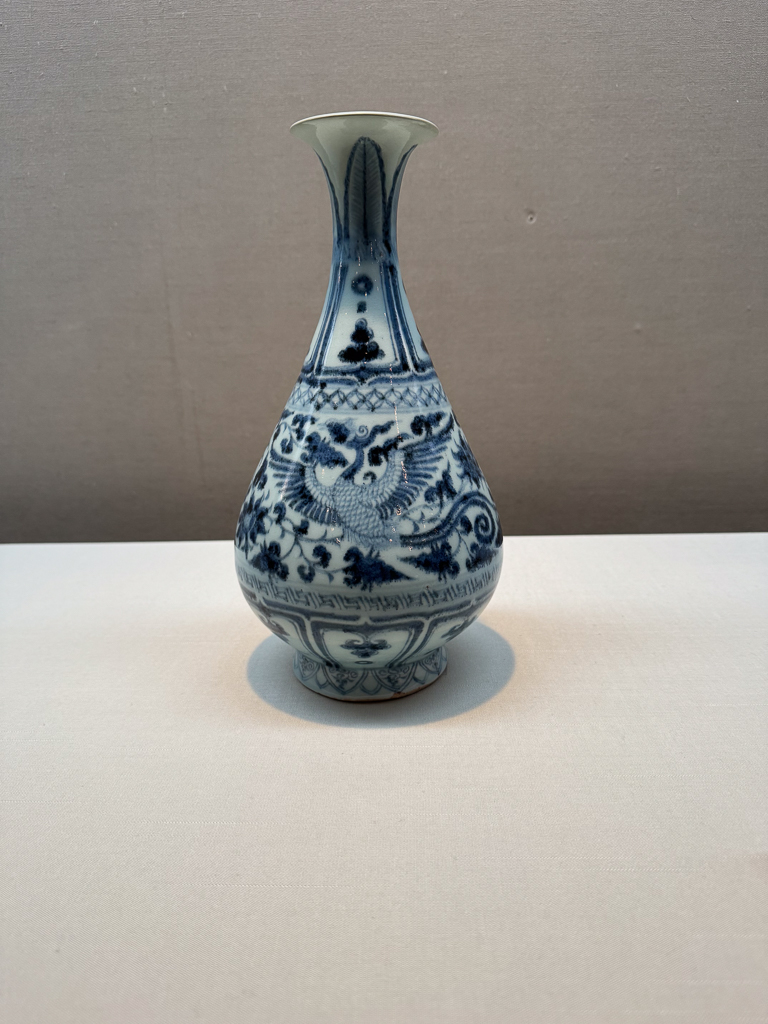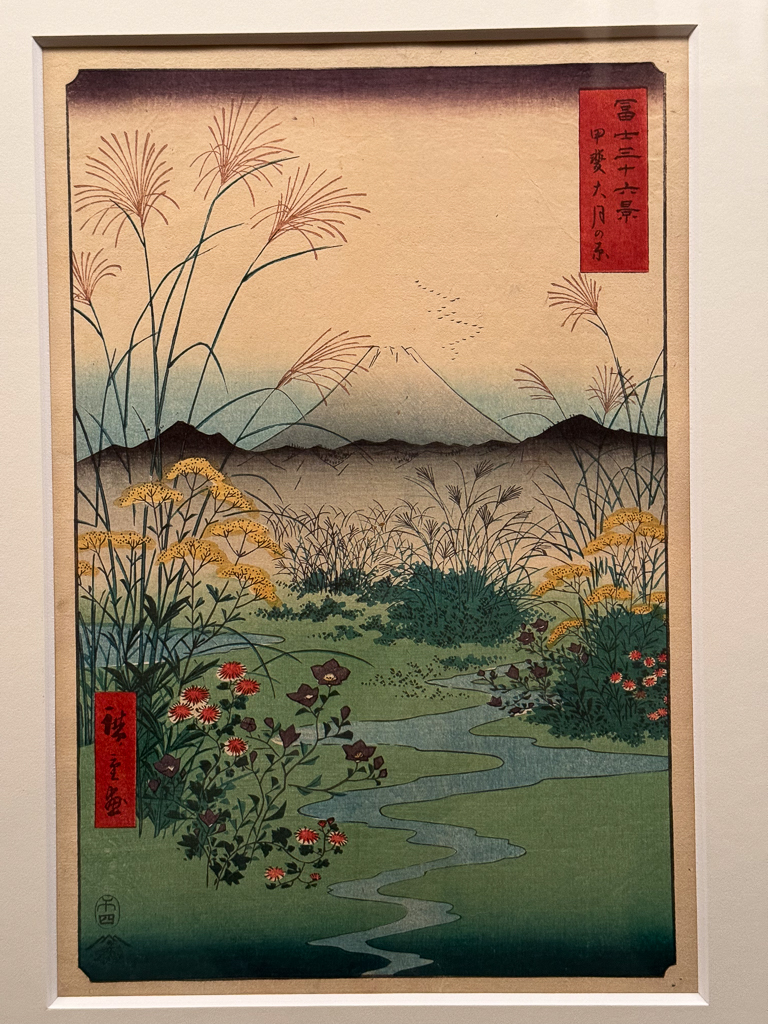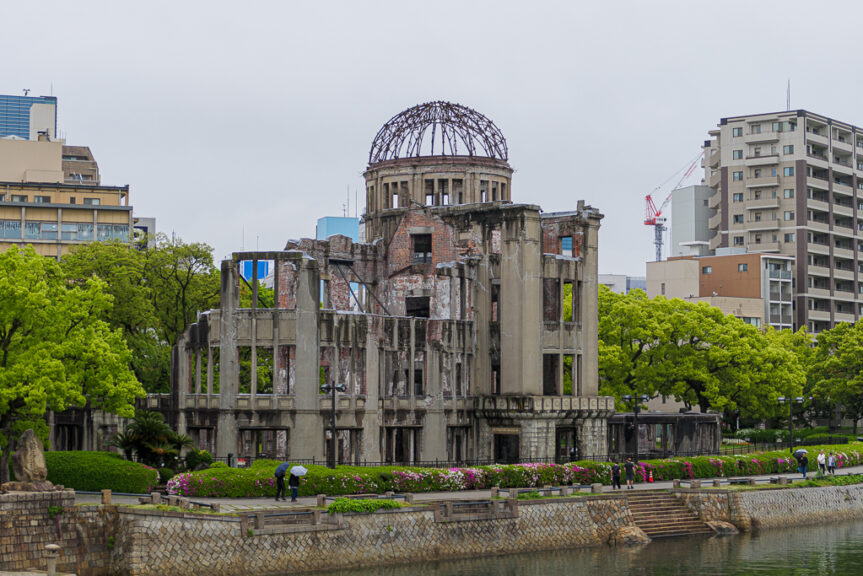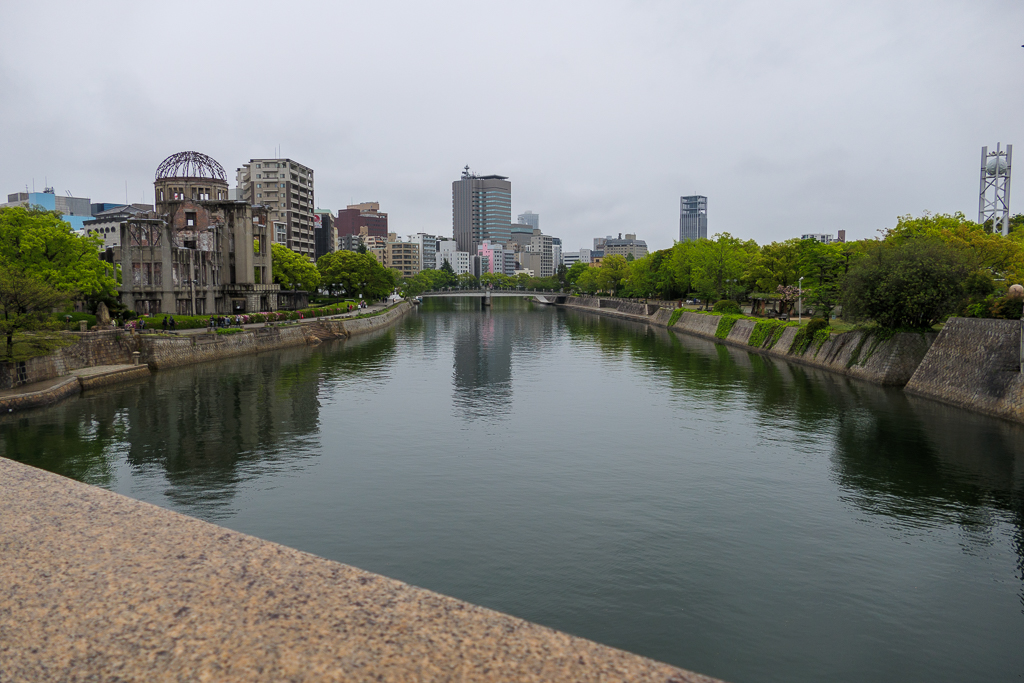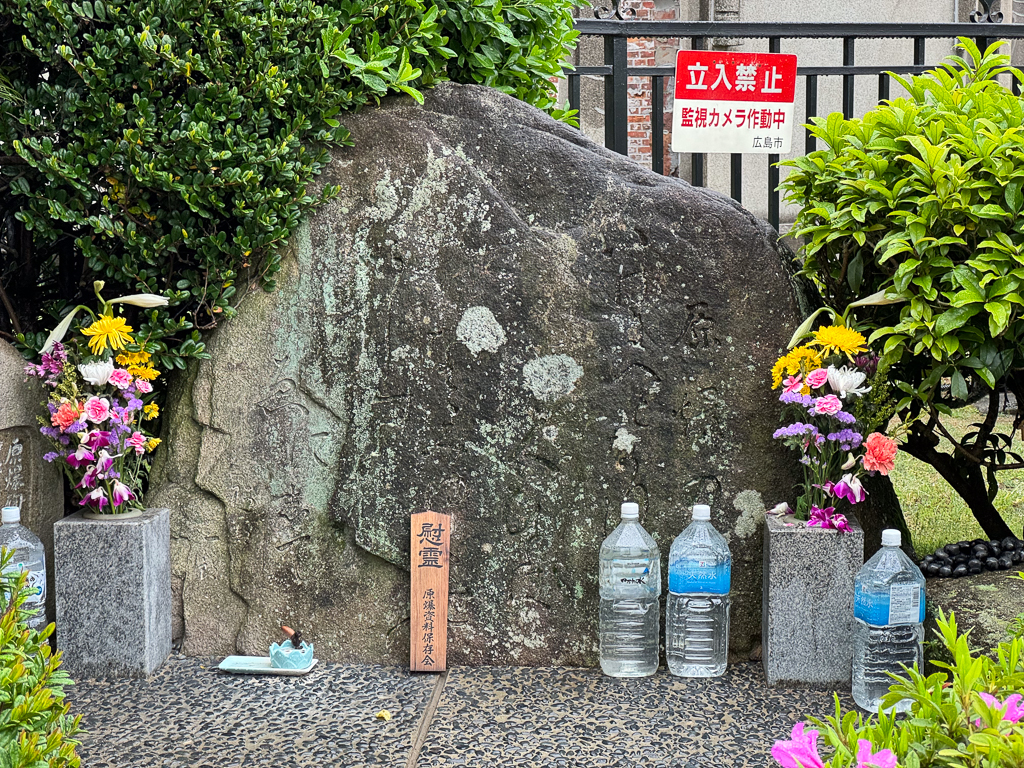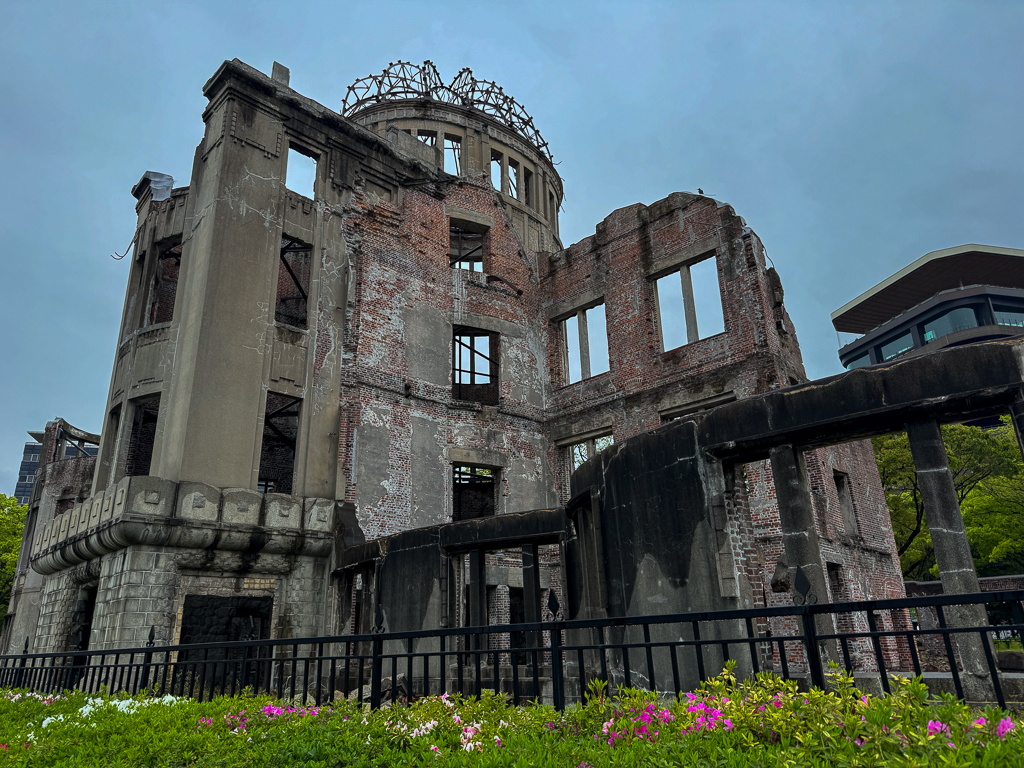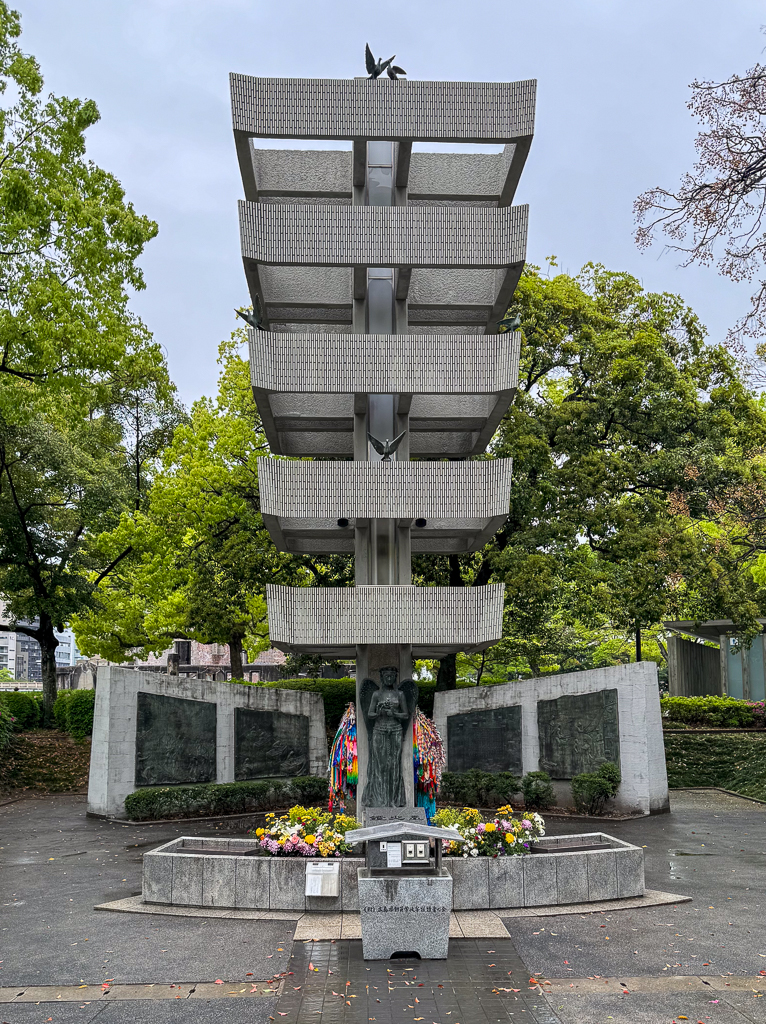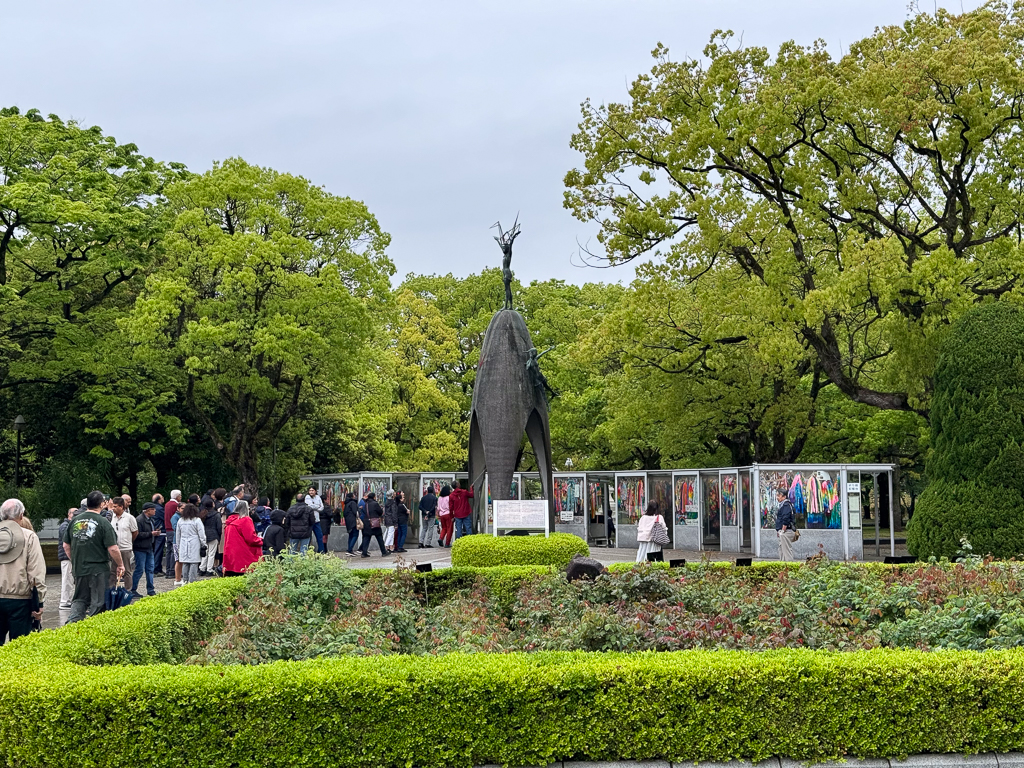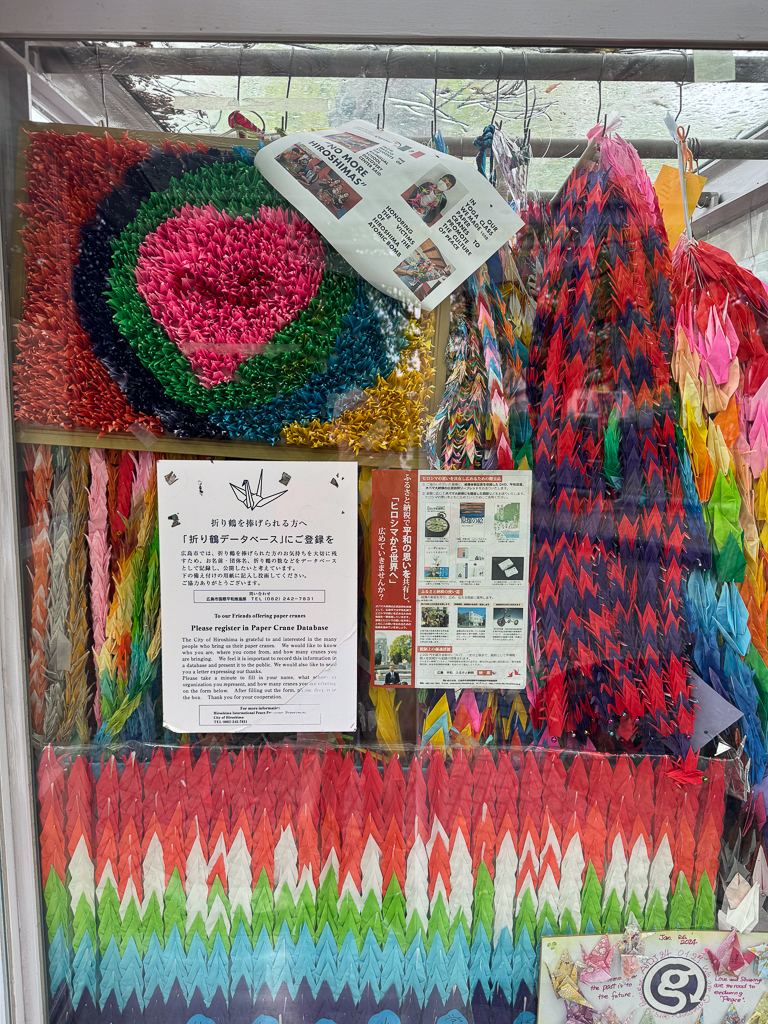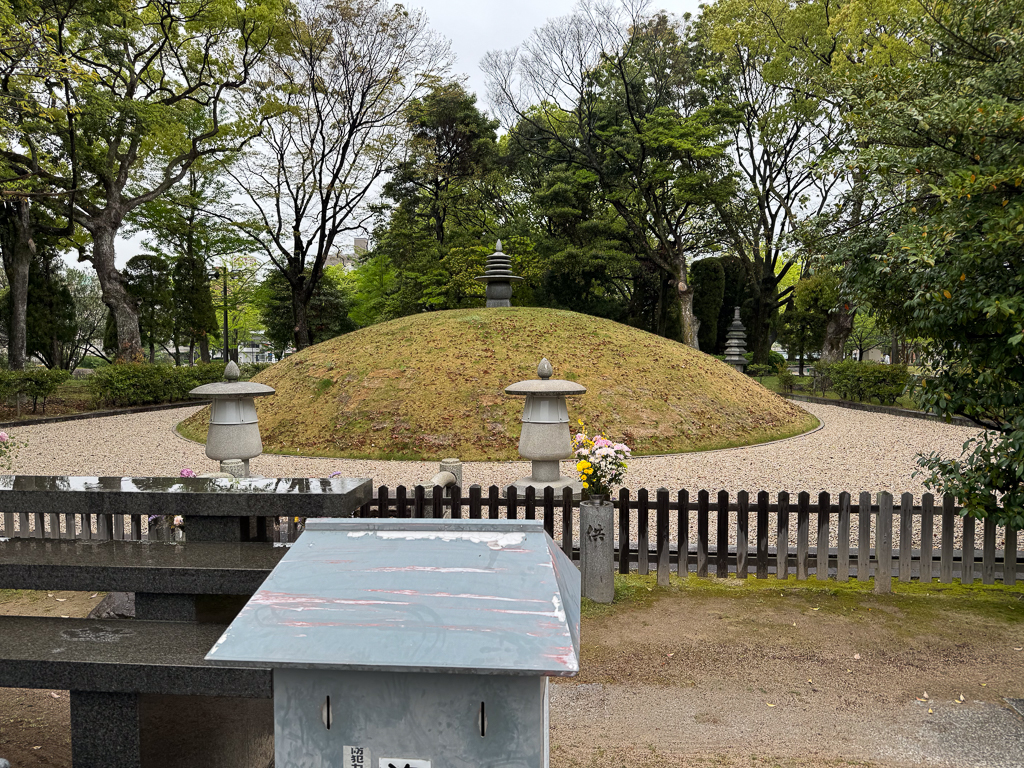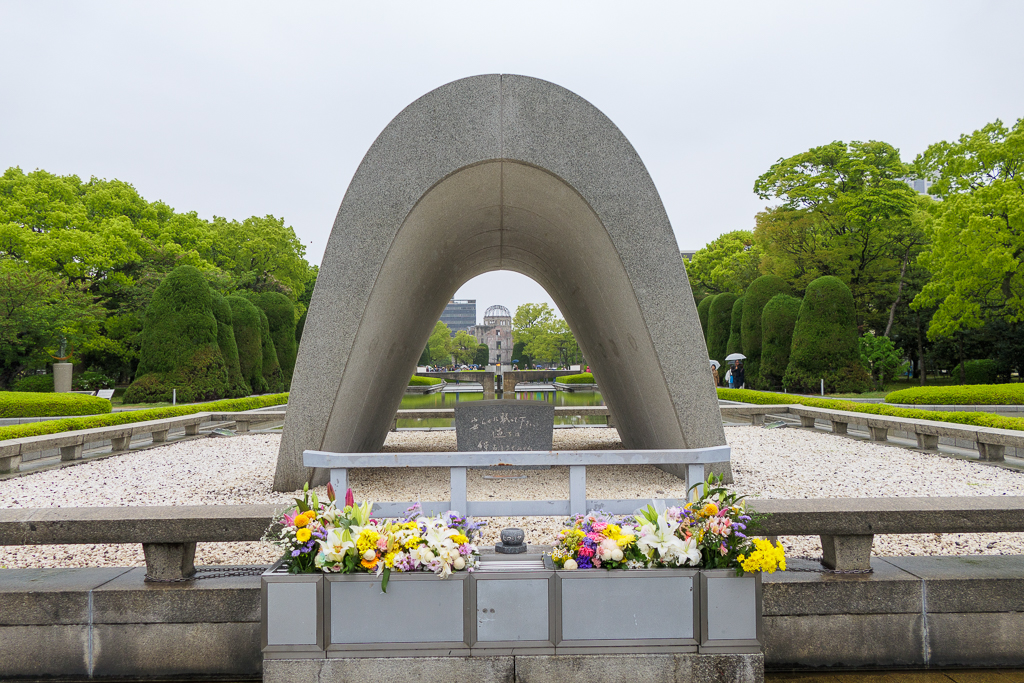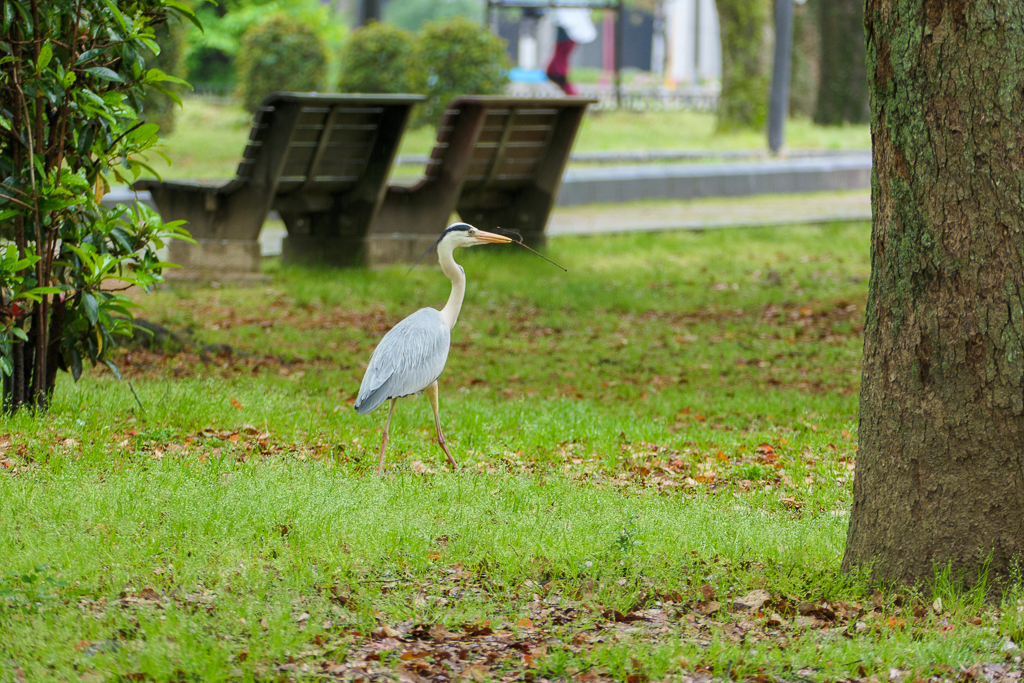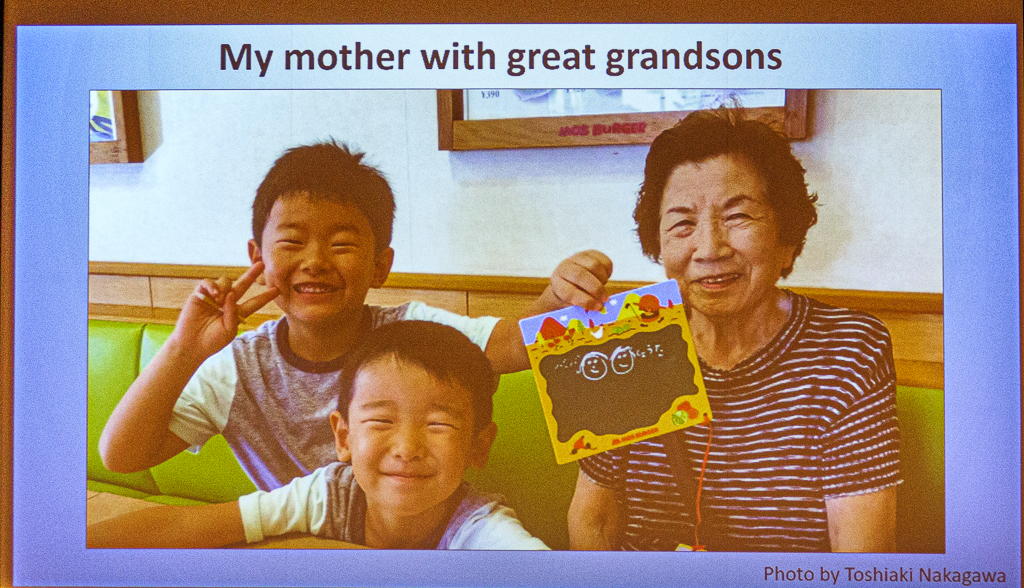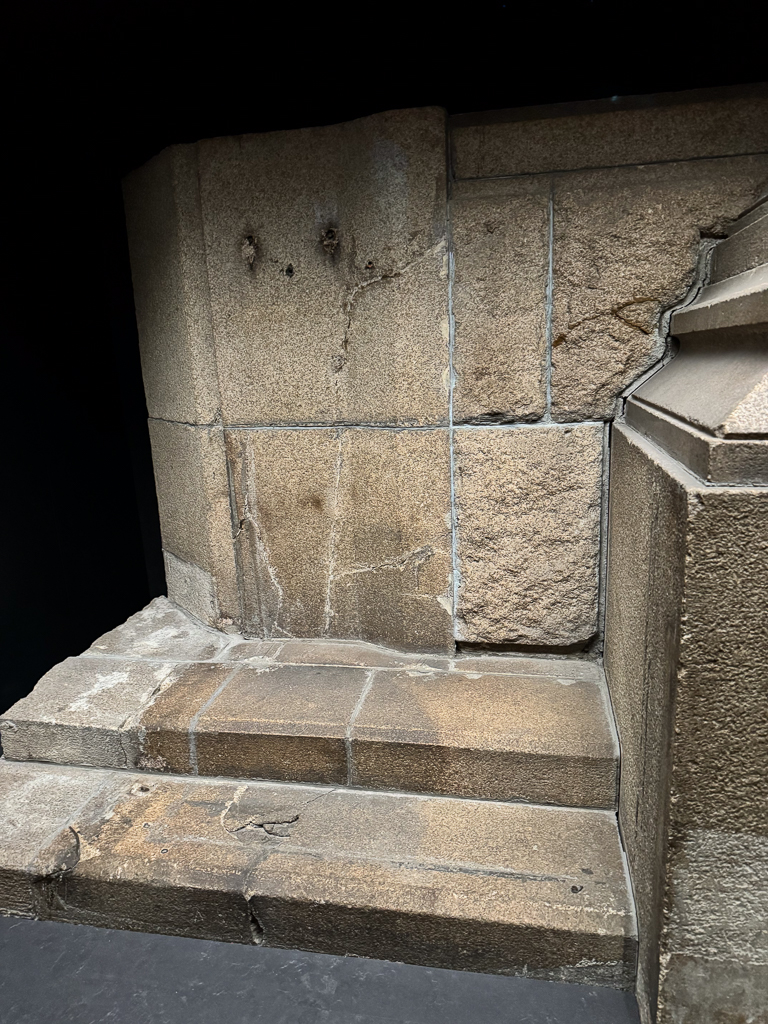I’m the current president of the Silicon Valley Storytellers Toastmasters club. Most of our members are local, but the pandemic gave us the opportunity for people who can’t conveniently attend our meetings in person to join the club; today, I got to meet one of those members, Chiharu, who is a tour guide in Japan. She came to meet our ship in Moji today and gave Diane and me a great tour of the area.

We started with a boat ride to Shimoneski on the other side of the harbor.
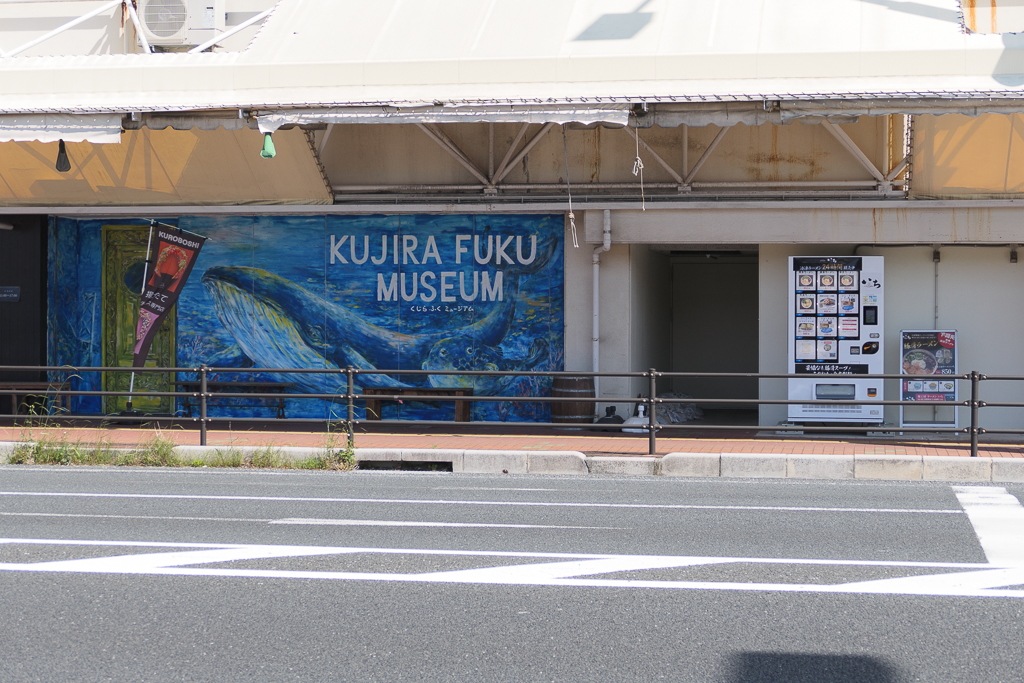

We took a taxi to the Chofu area; our first stop was the Shozenji Temple, a 14th Century Zen Buddhist Temple.
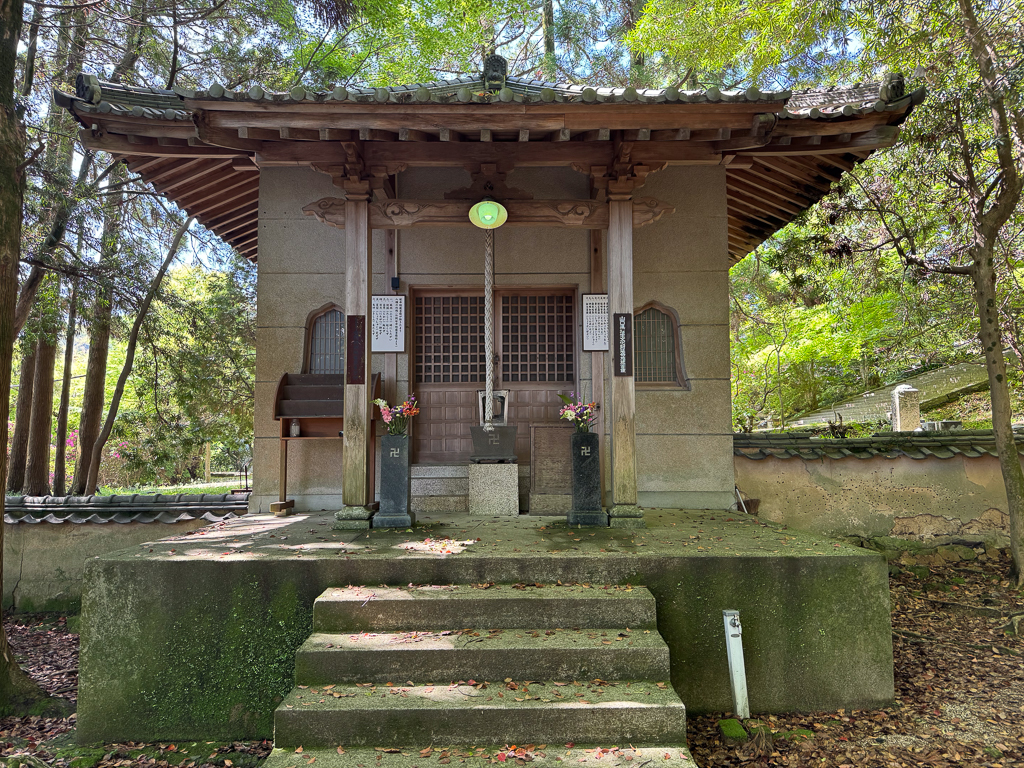
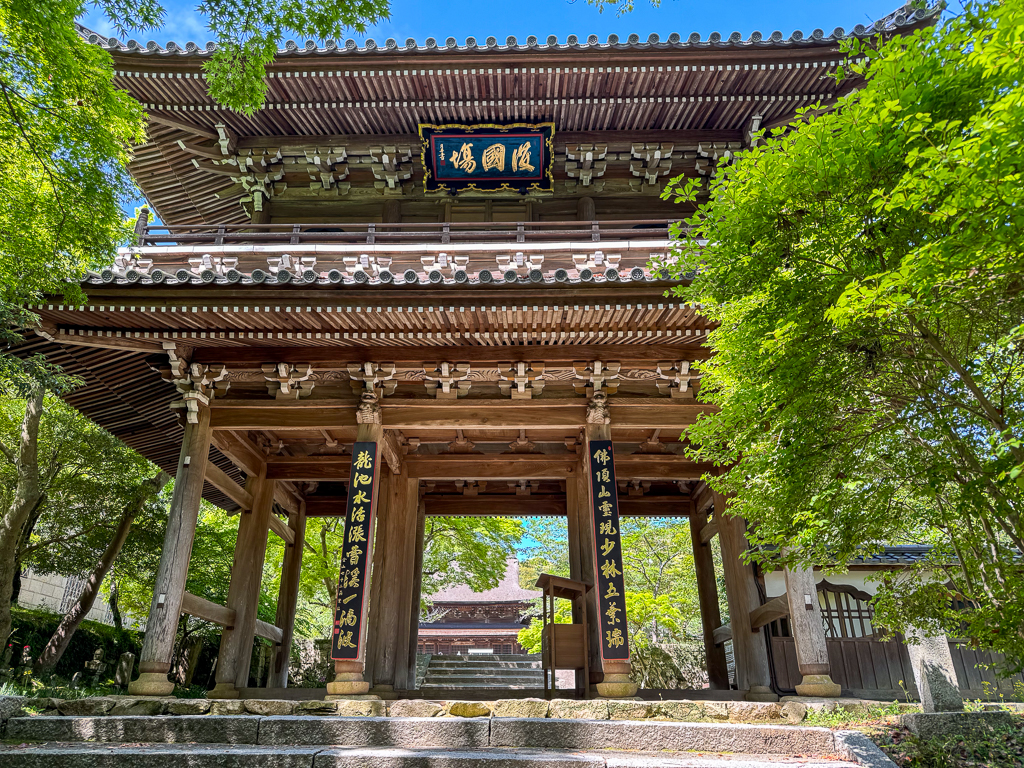
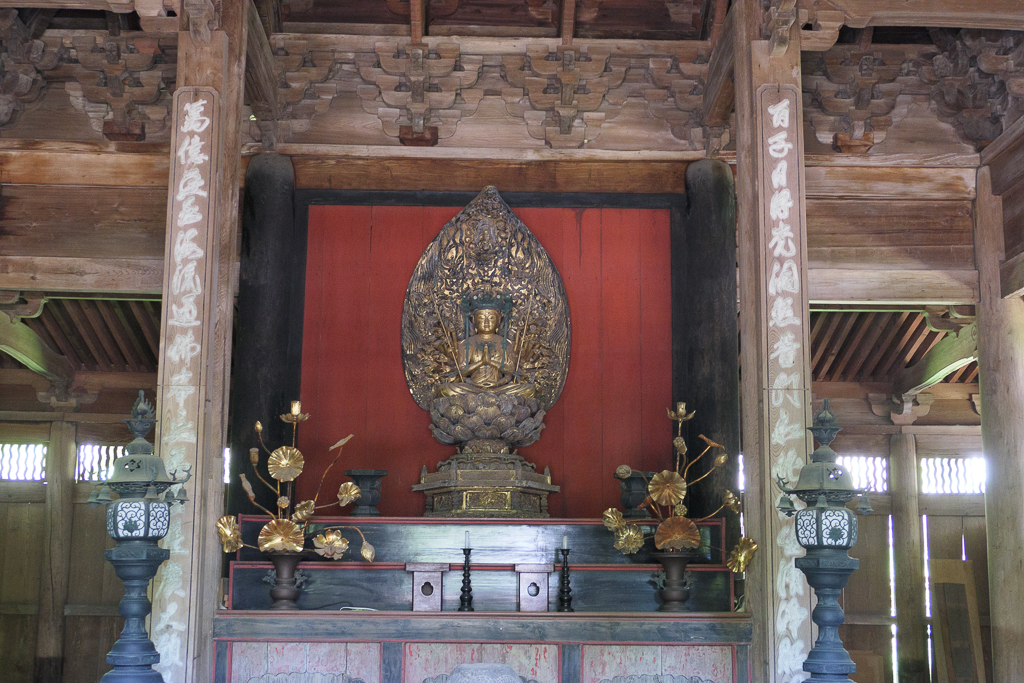
It was very peaceful; we were the only tourists there, unlike the temples we’d seen so far on our travels.
We left Shozenji and walked over to Chofu Moritei, which was built in 1903 for the 14th head of the Chofu Mohri family, Mototoshi Mohri. The Meiji Emperor was hosted there, and his room is still marked by a red carpet.
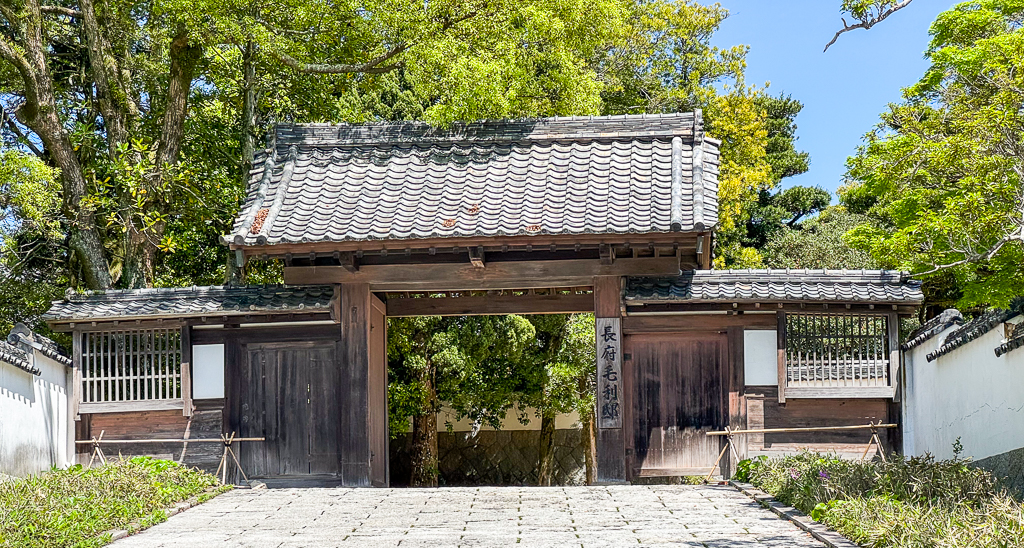
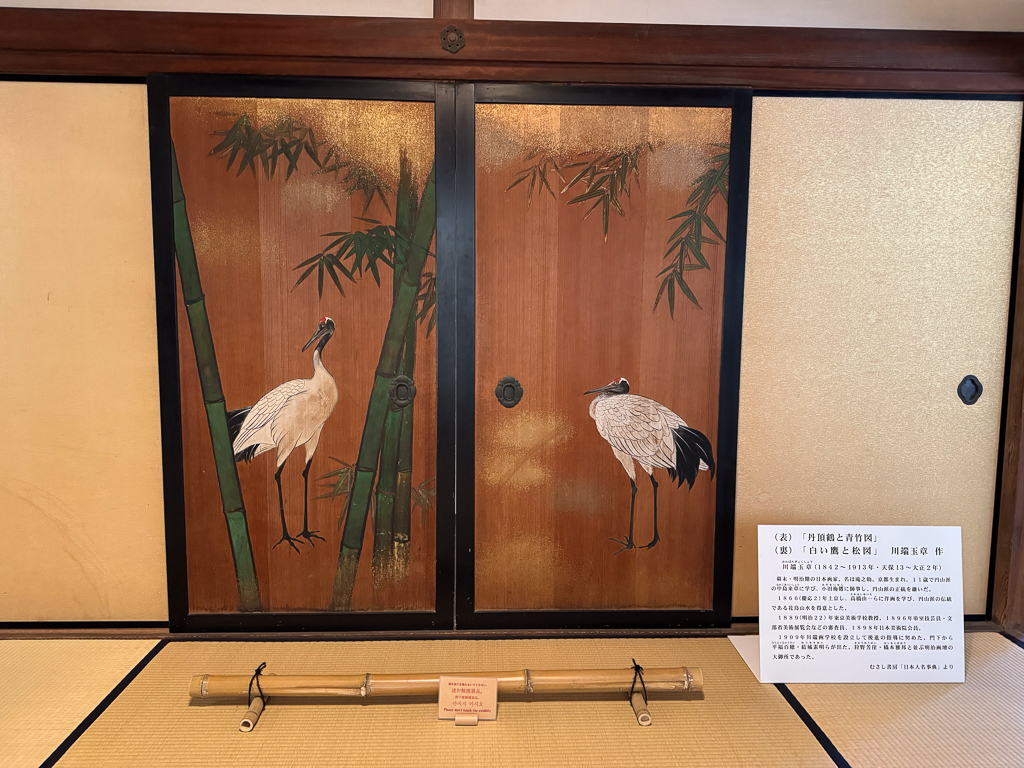
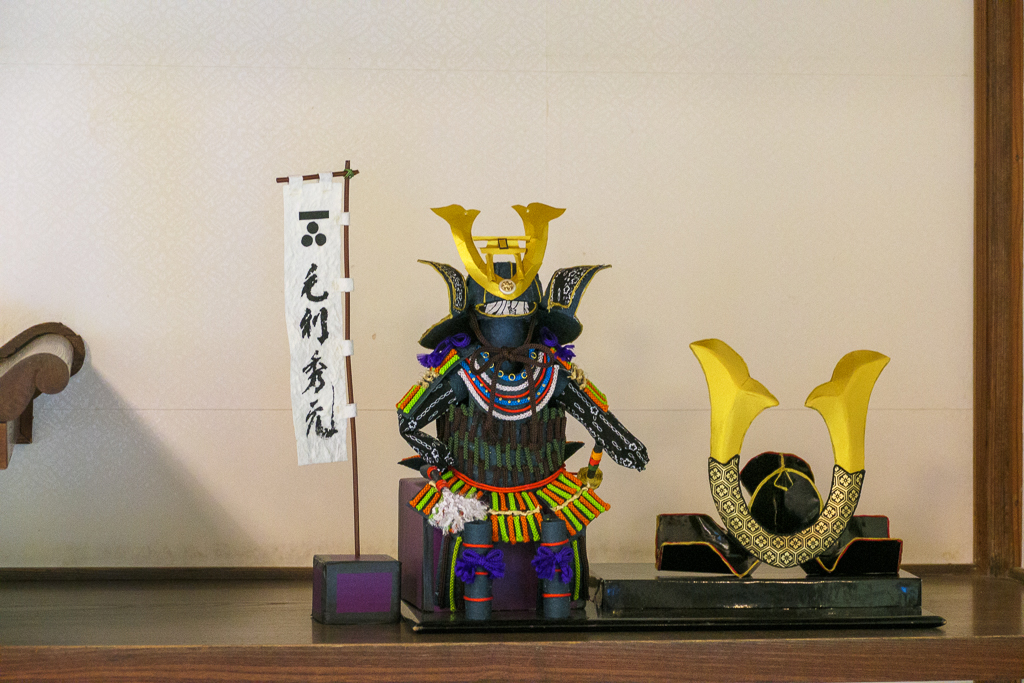
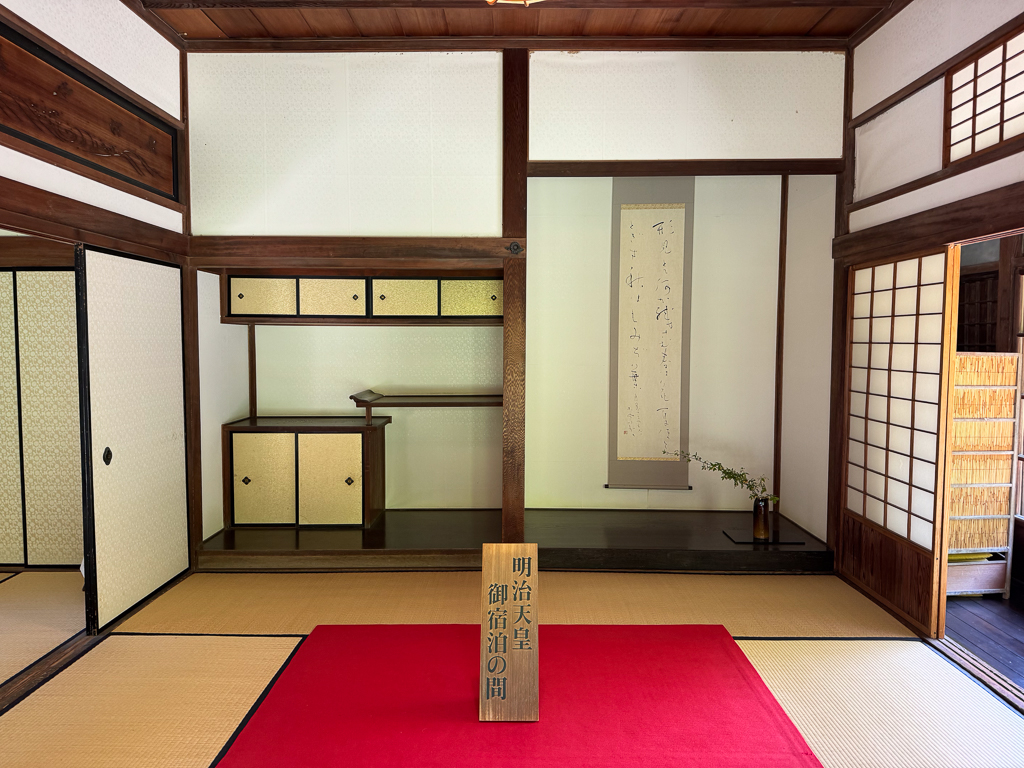
We had had to take our shoes off to enter the house, of course. I wanted to wash my hands before having tea, so I was happy to see that they’d provided slippers for their guests to wear in the restroom.
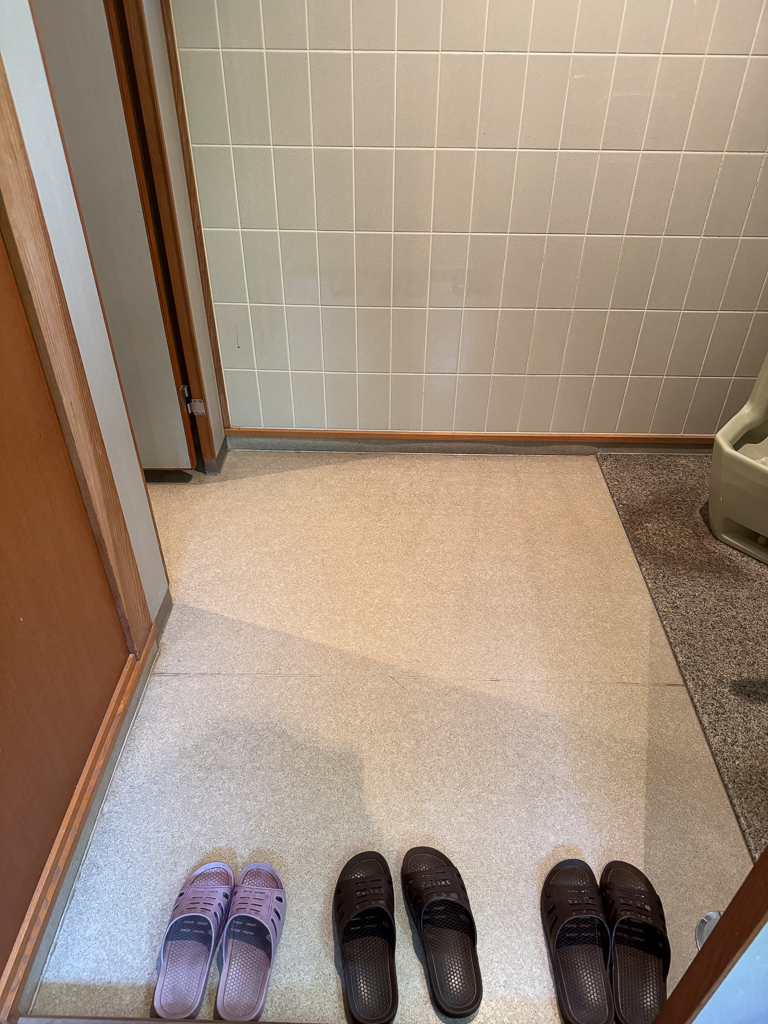
The tea came with a sweet, and Chiharu explained the protocol – eat the sweet, then turn the bowl around three times before drinking the tea; finally, turn the bowl 180 degrees and put it down.
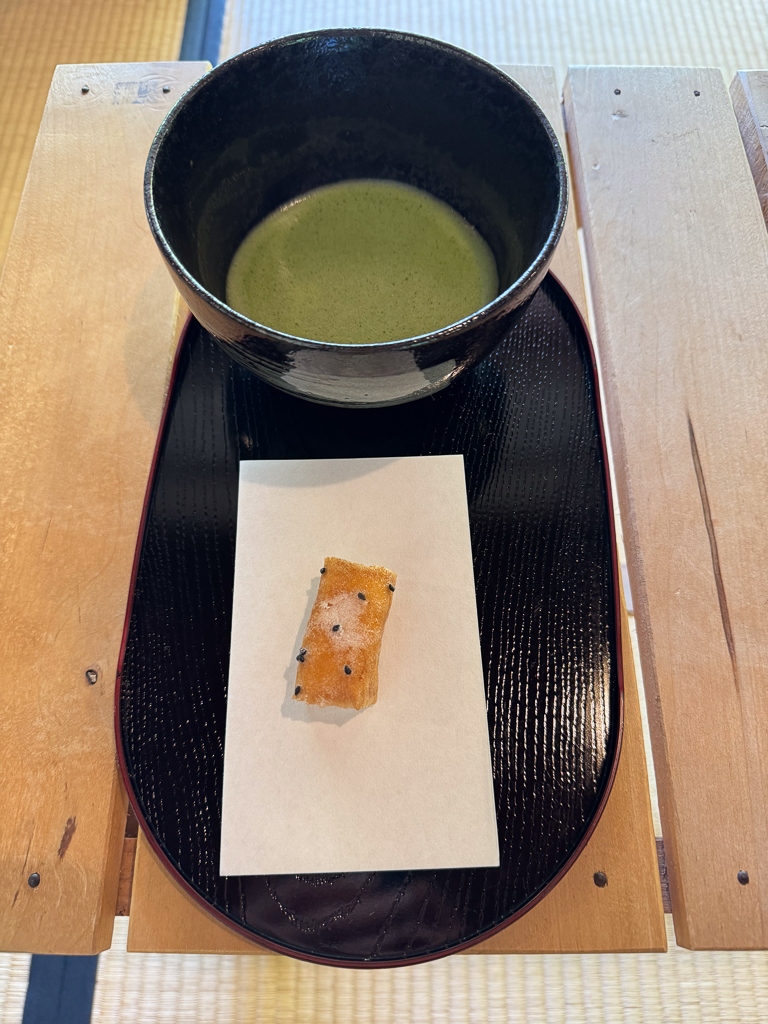
The drainage ditches here are a lot nicer to look at than the ones at home!
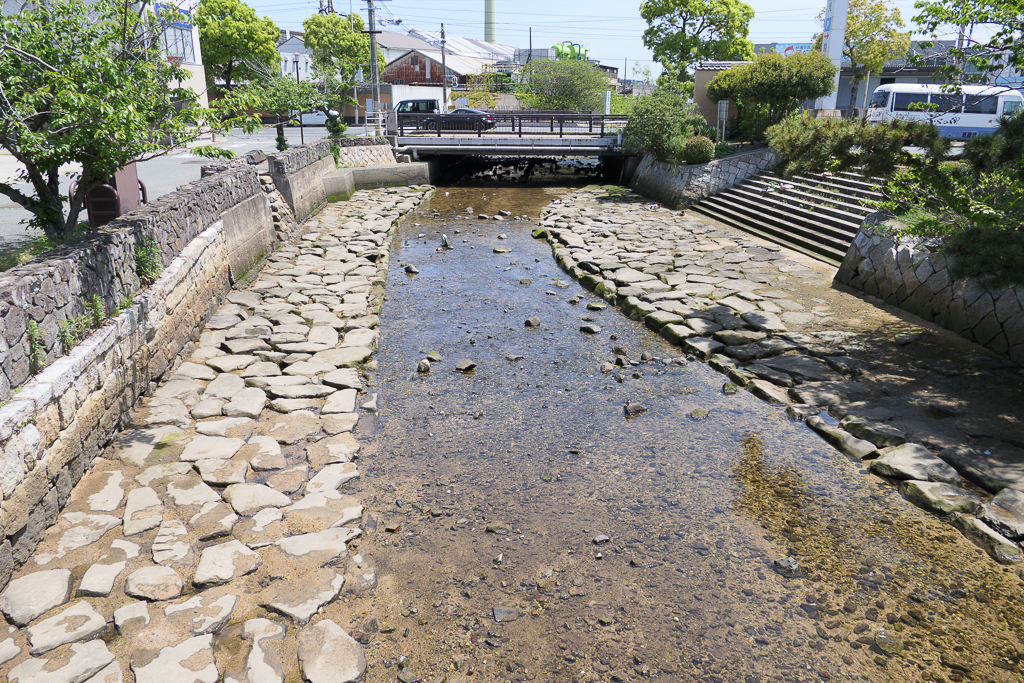
We took a taxi to the Karato Fish Market for lunch at Kaiten Karibo Ichiba Sushi above the main market floor.
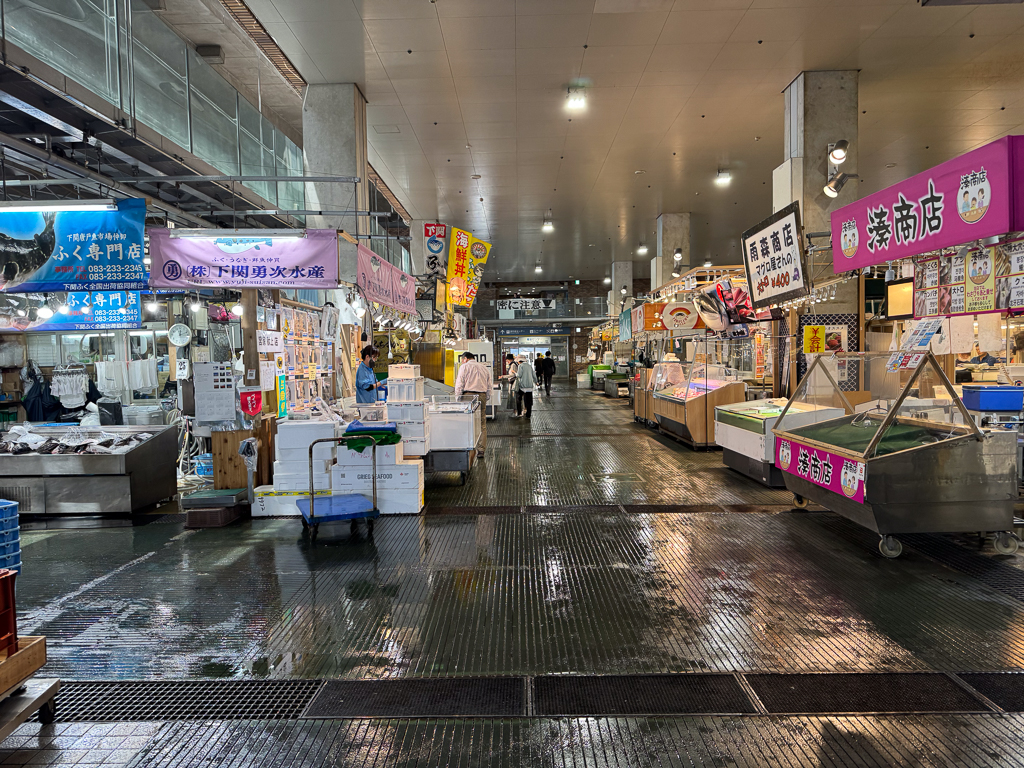
Chiharu suggested we try the area speciality – pufferfish, aka blowfish, aka fugu. It’s got fins and scales, so it’s kosher, and it’s perfectly safe if prepared by a licensed sushi chef. It’s also quite tasty! We had it three ways: sushi, sushi with roe, and deep-fried; I’d skip the deep-fried next time.
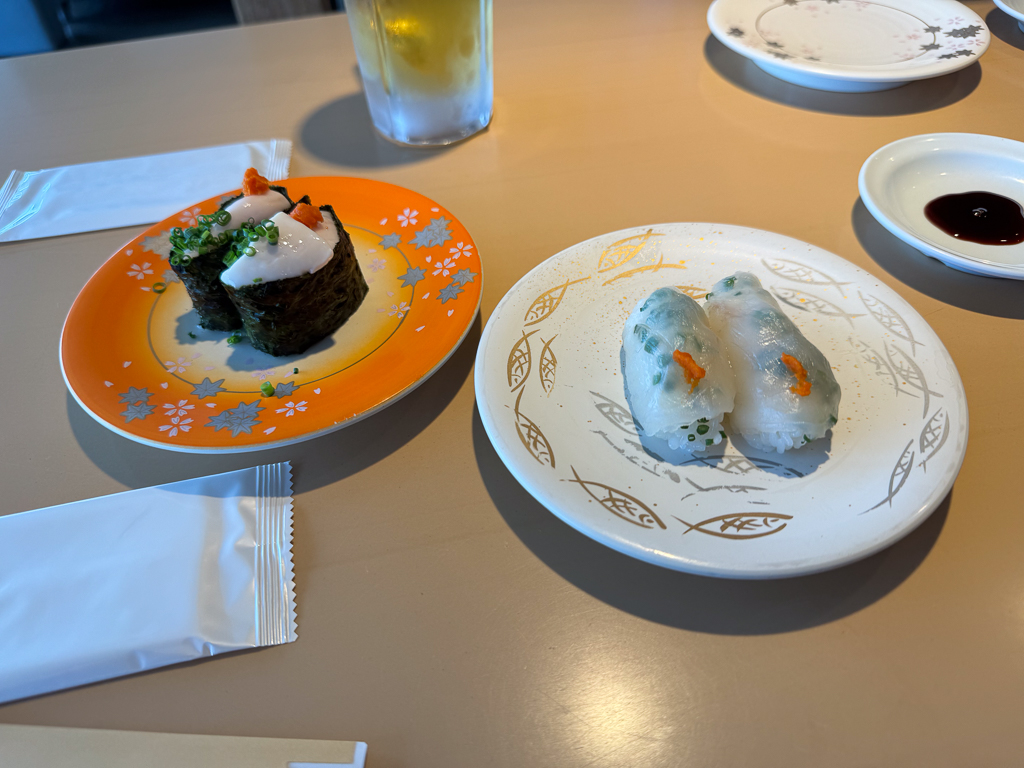
We had lots of other sushi, too – salmon, sea bream, tuna, and more pufferfish. We chose not to try the whale, though.
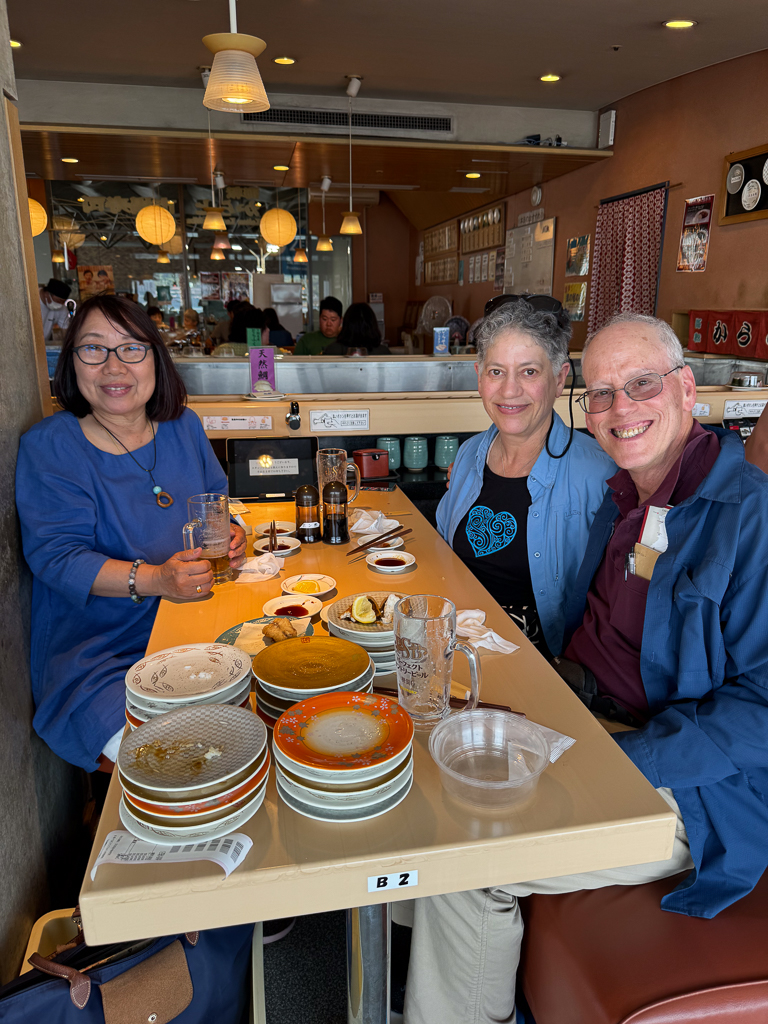
Chiharu didn’t want us to miss anything we would have seen if we’d taken the regular tour with our group, so she took us to the Akama Shrine for a short visit. It was beautiful and fairly uncrowded; we didn’t have long enough to explore, though.
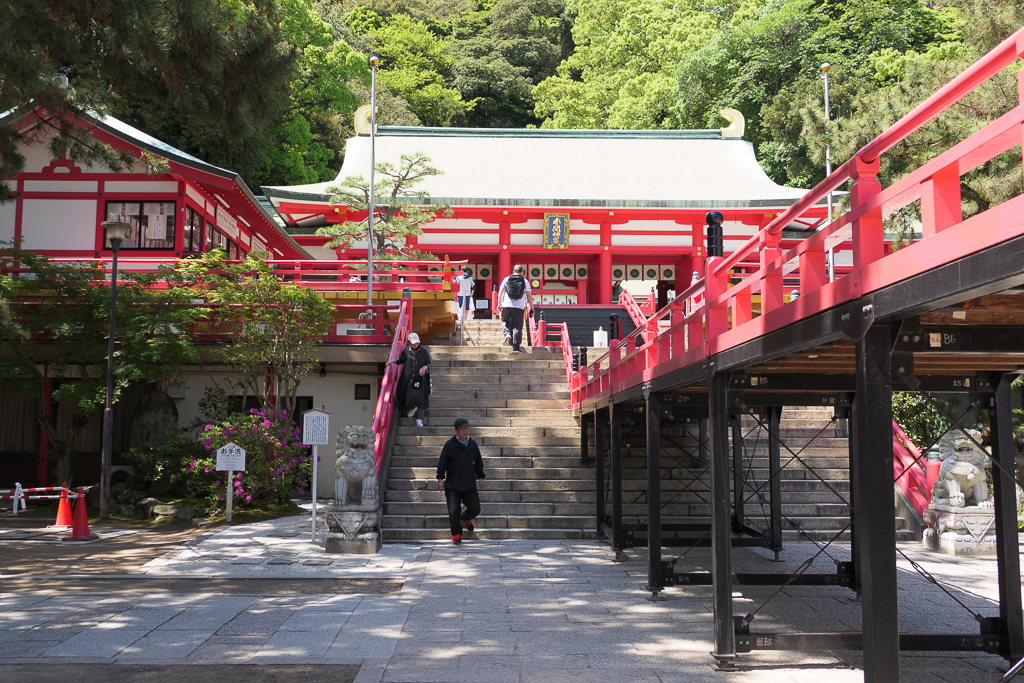
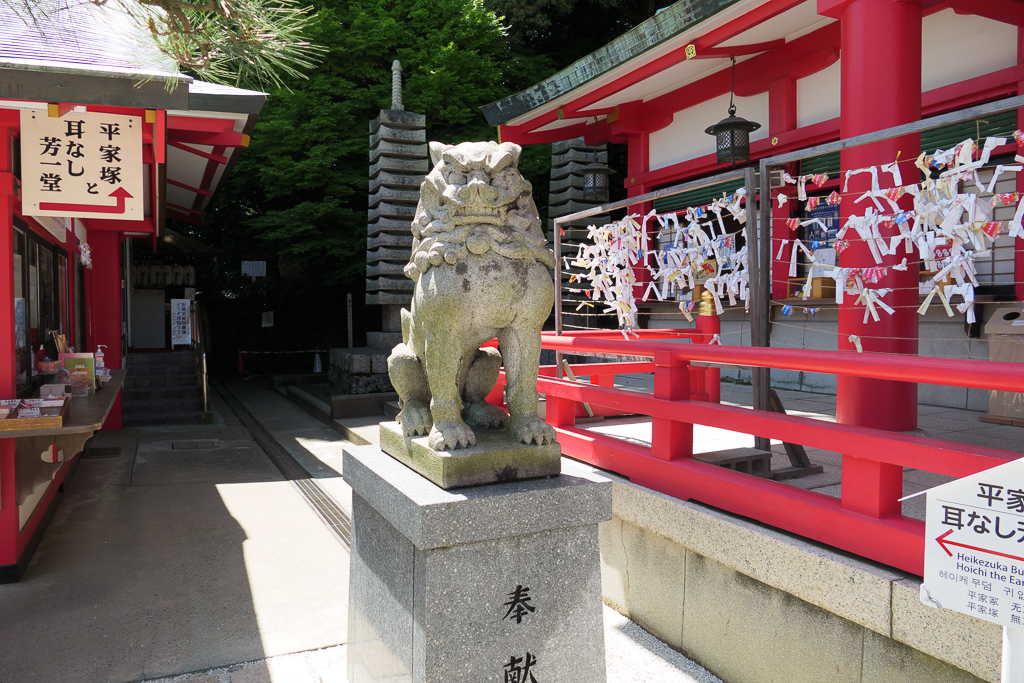
We got back to the dock 15 minutes before “All Aboard”; the town had set up booths to welcome the ship, and we had just enough time to take a calligraphy lesson and make a couple of fans (Diane’s says “Peace” and mine says “Happiness”) before sailaway.
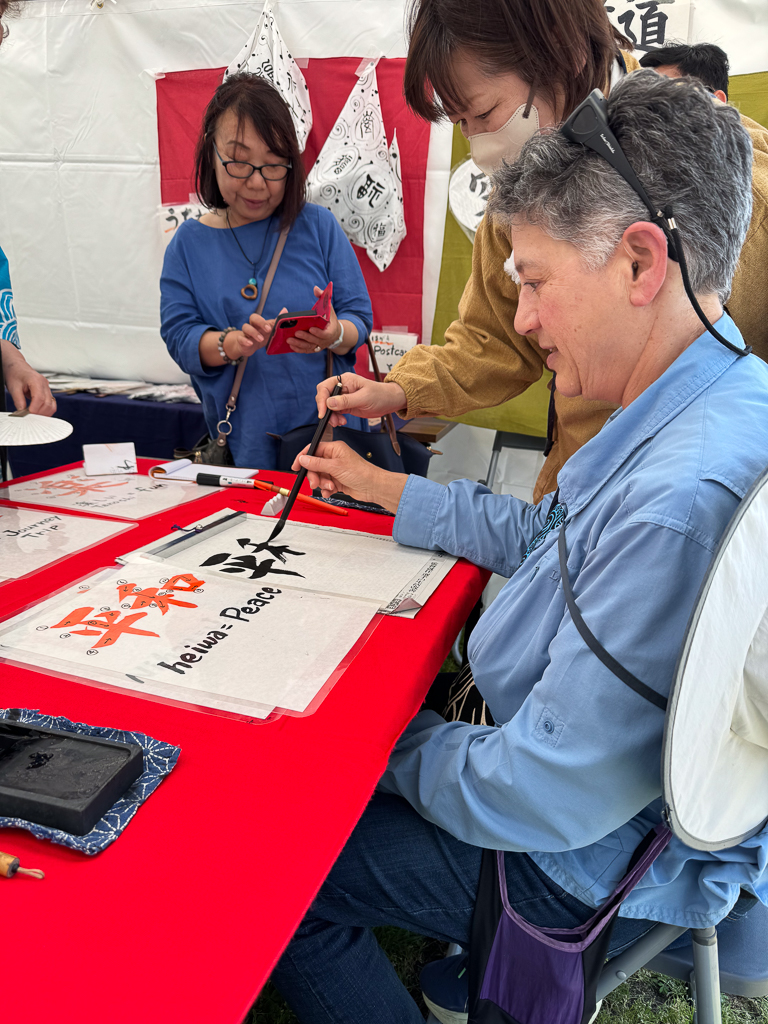
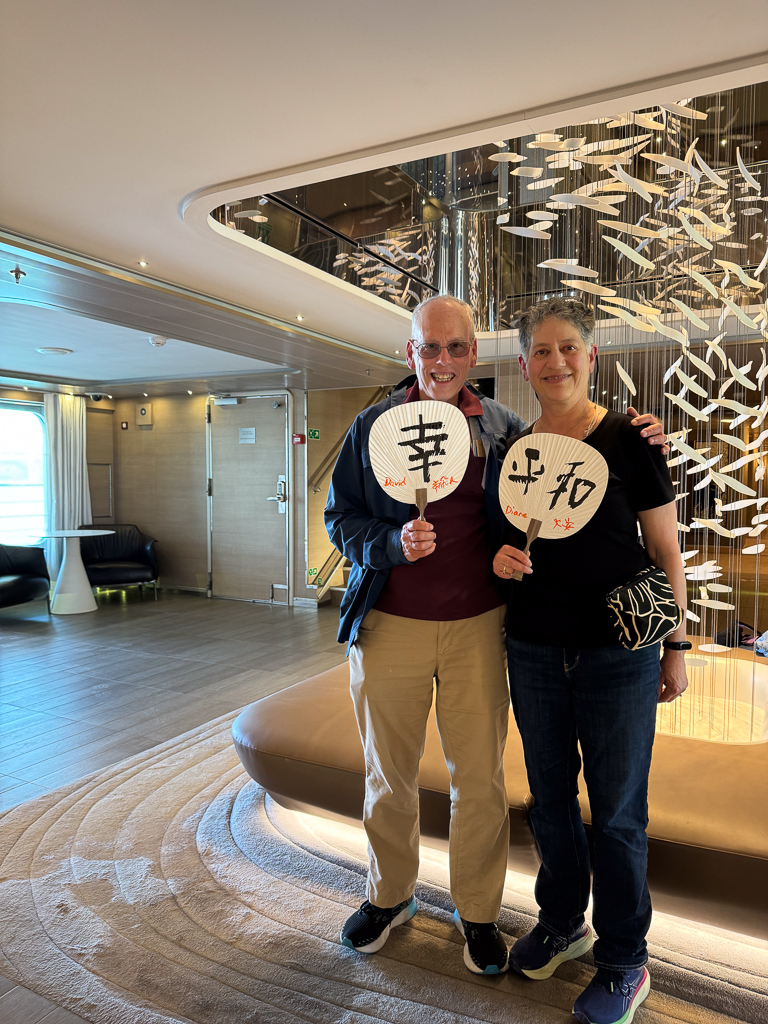
We found out that we did miss one stop on the ship’s tour – they had enough time to visit the Toto Toilet Museum, and people really enjoyed it. I guess we’ll have to come back and see you again, Chiharu!
